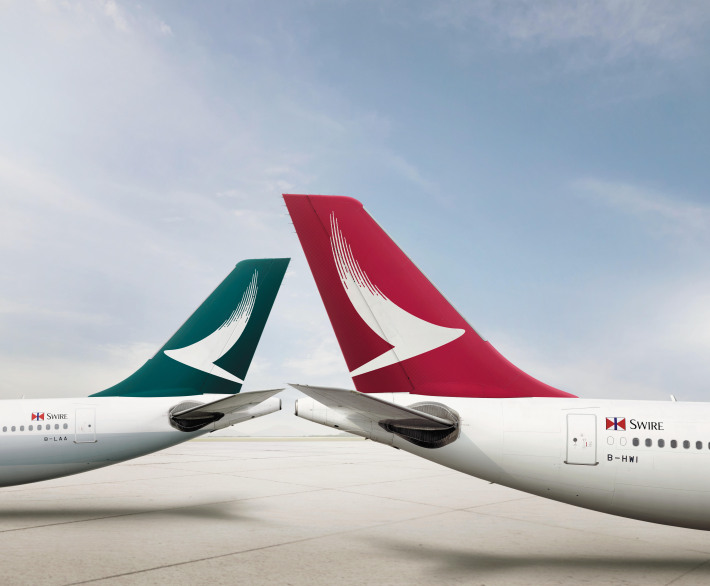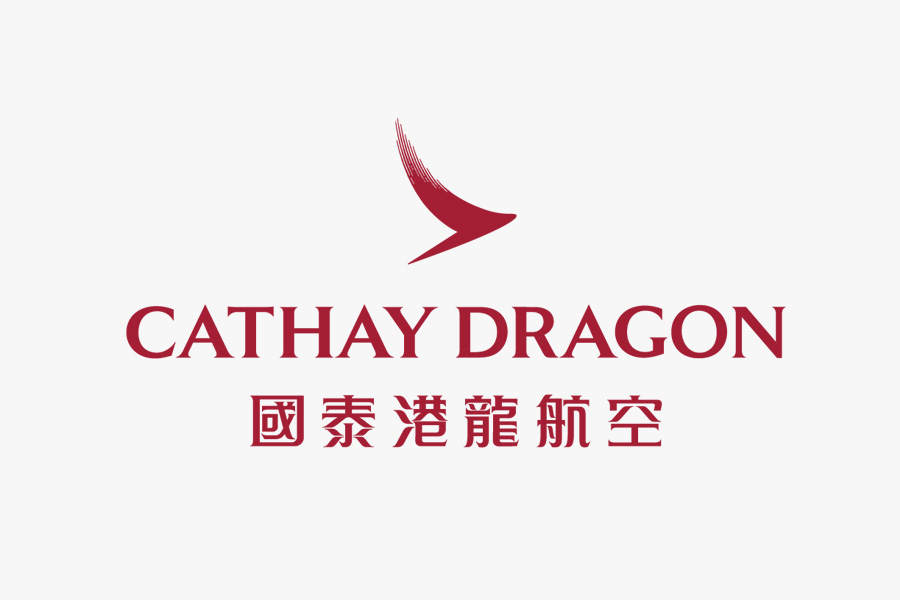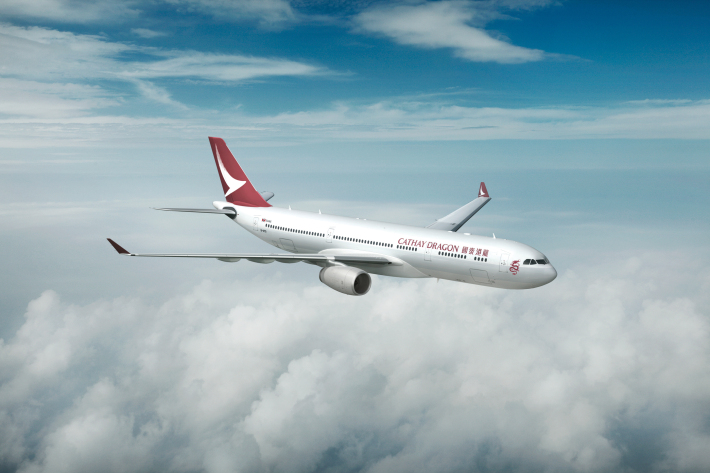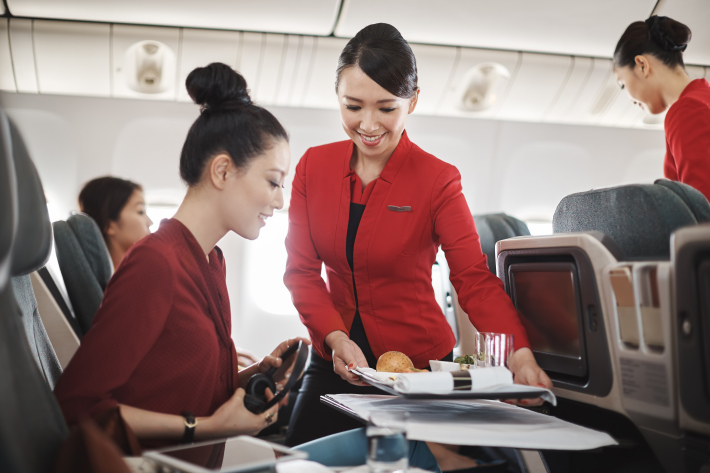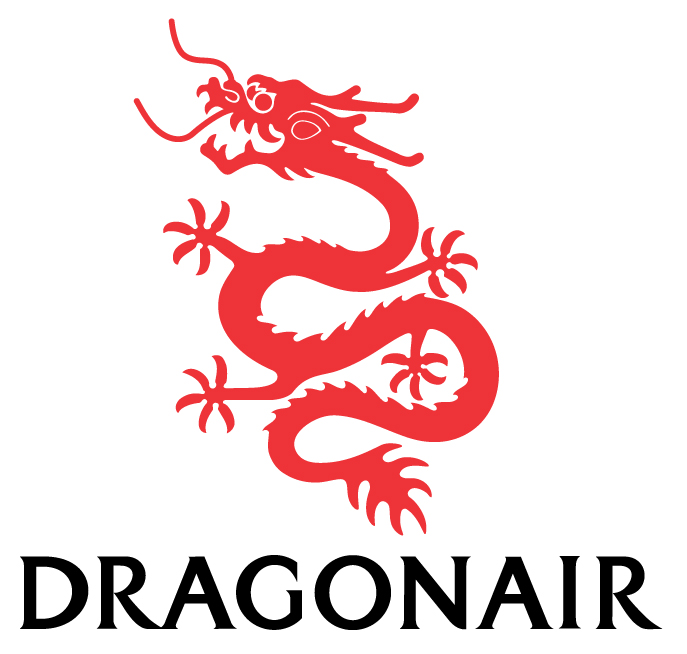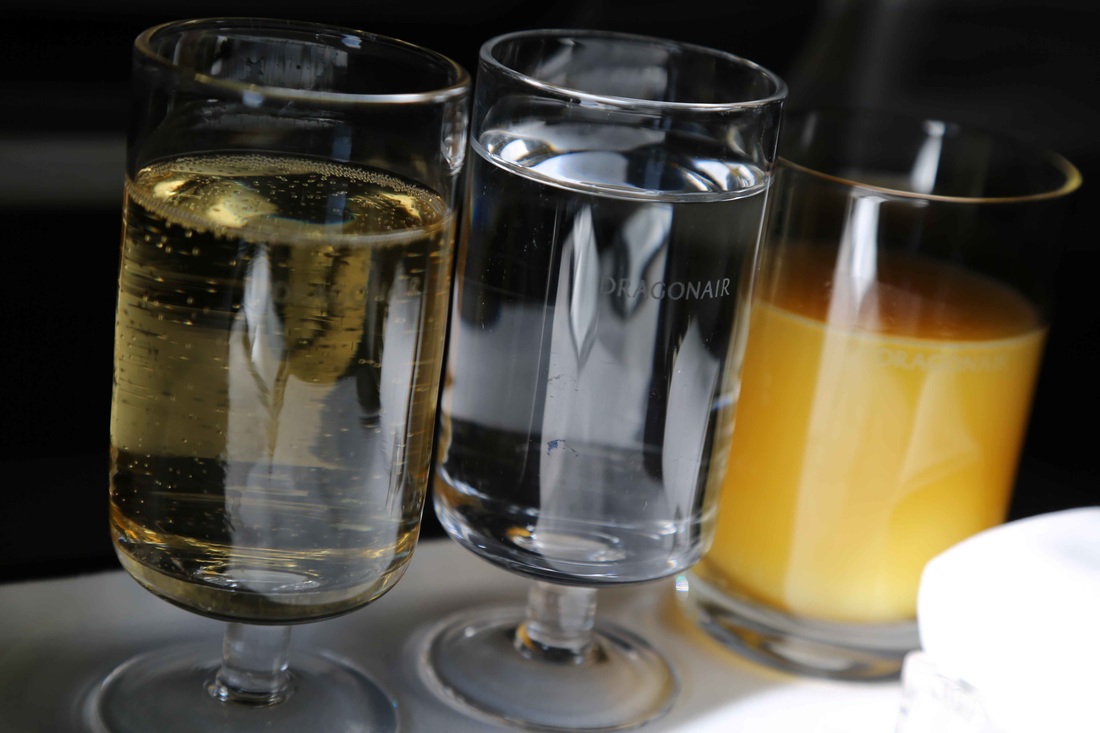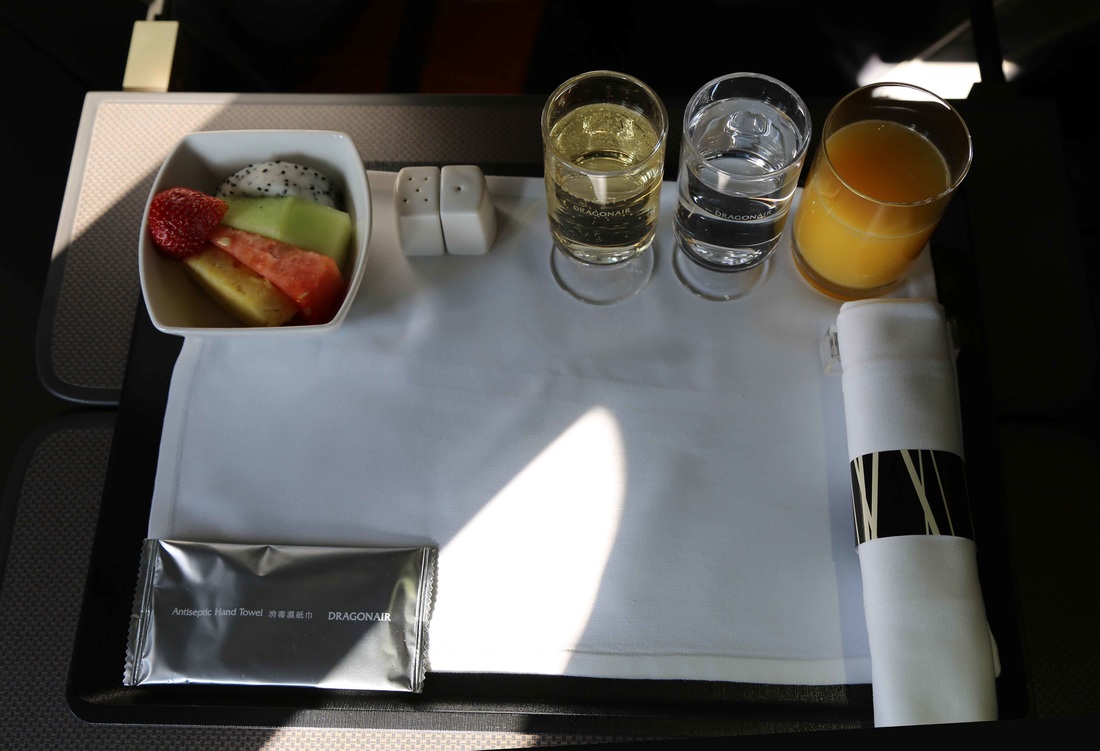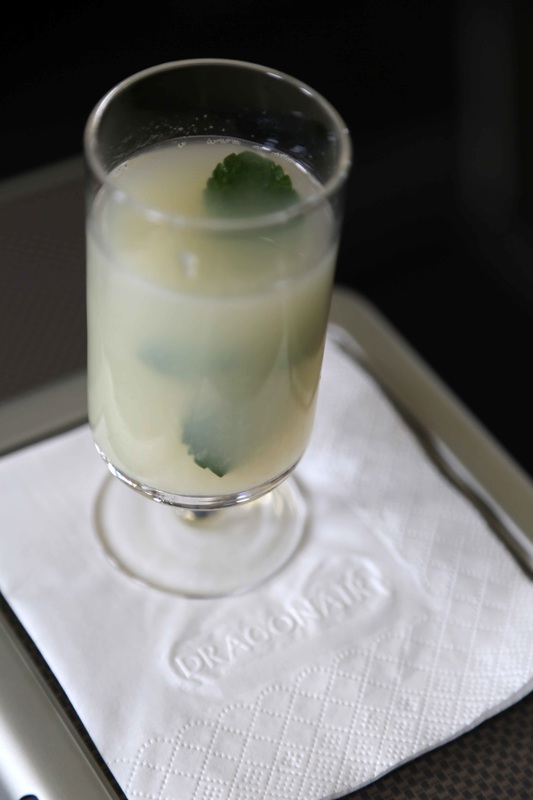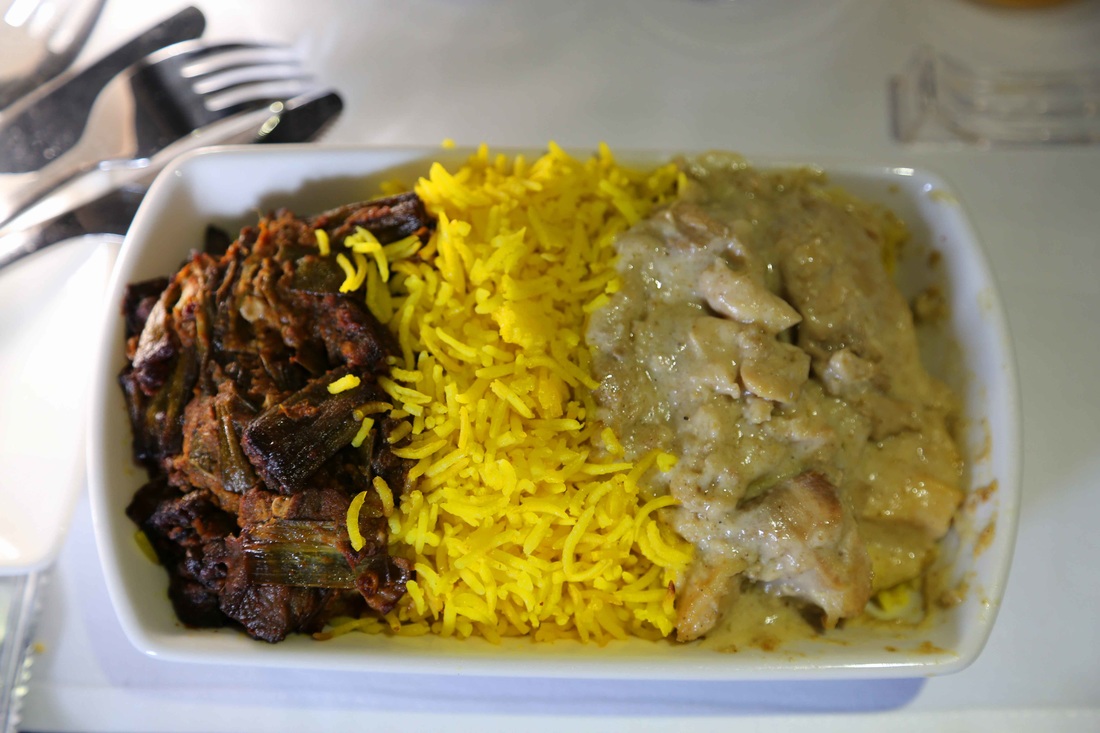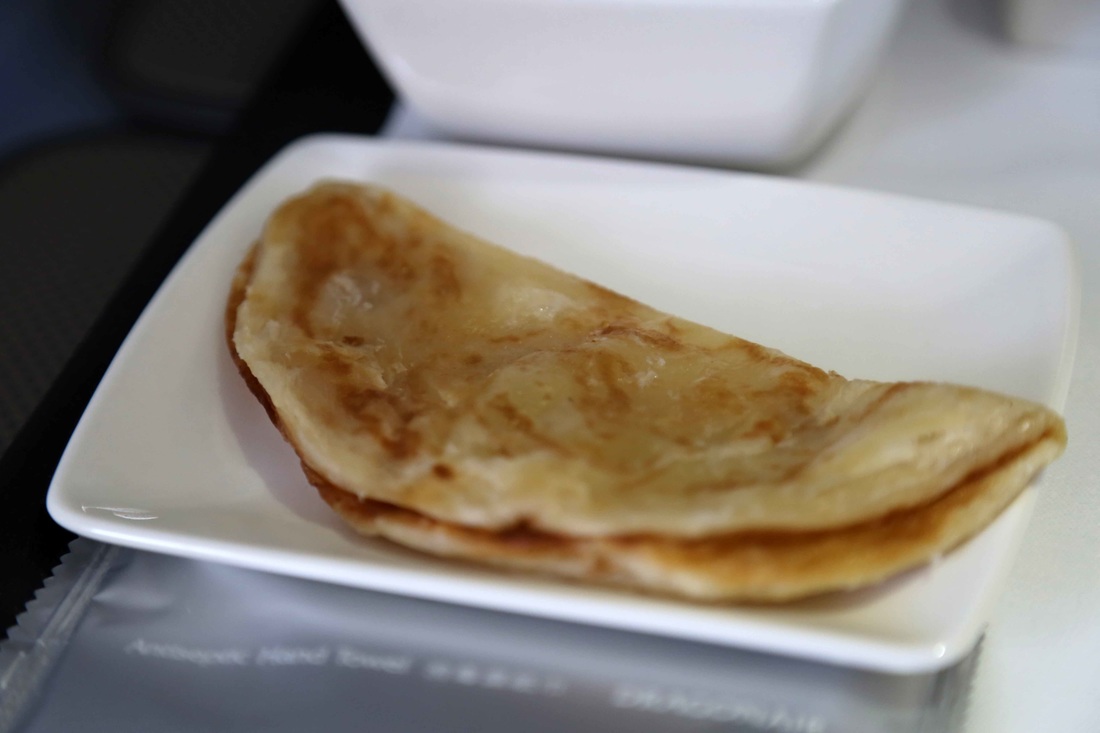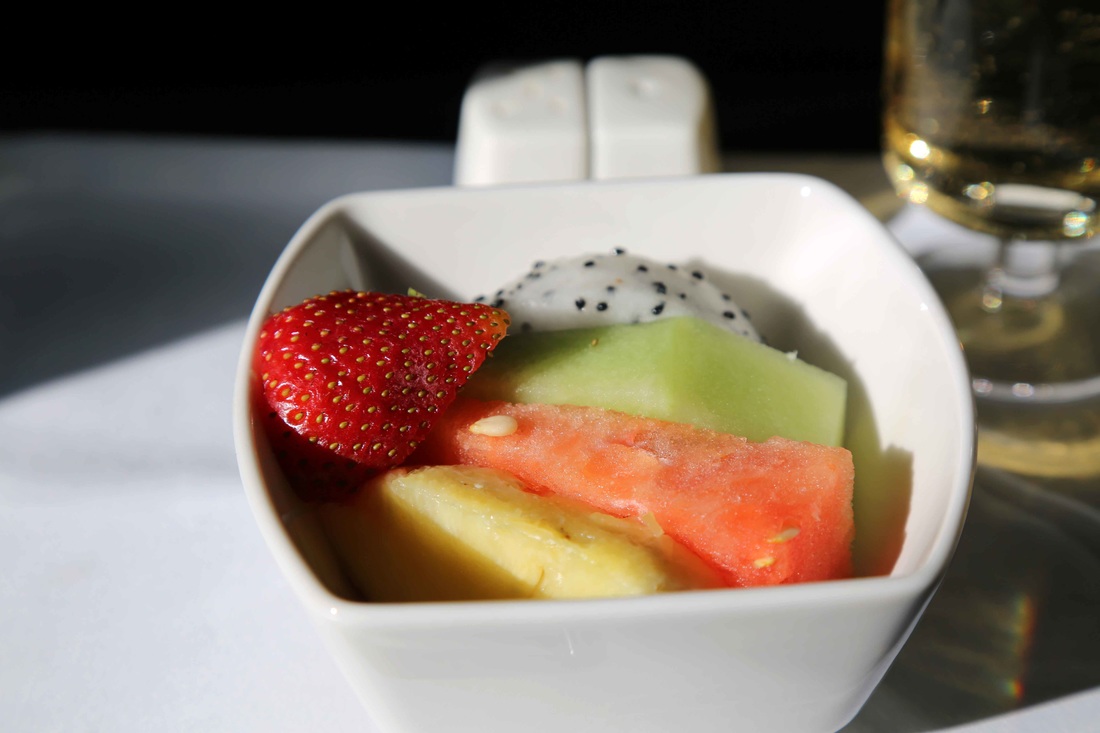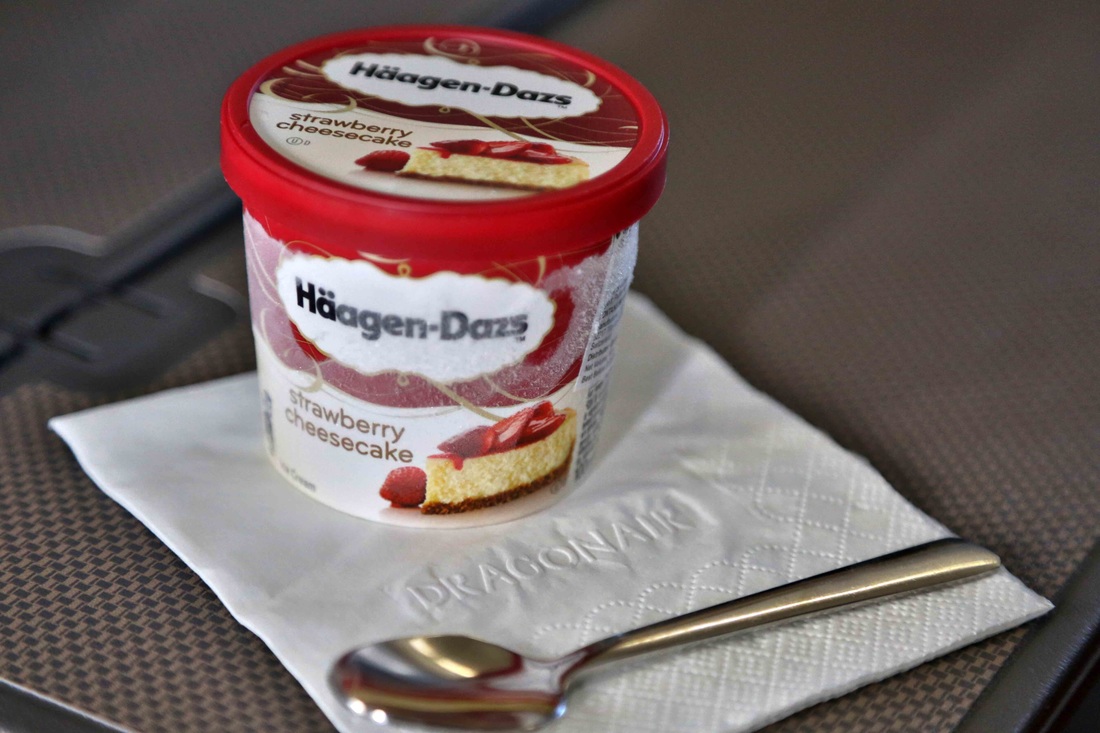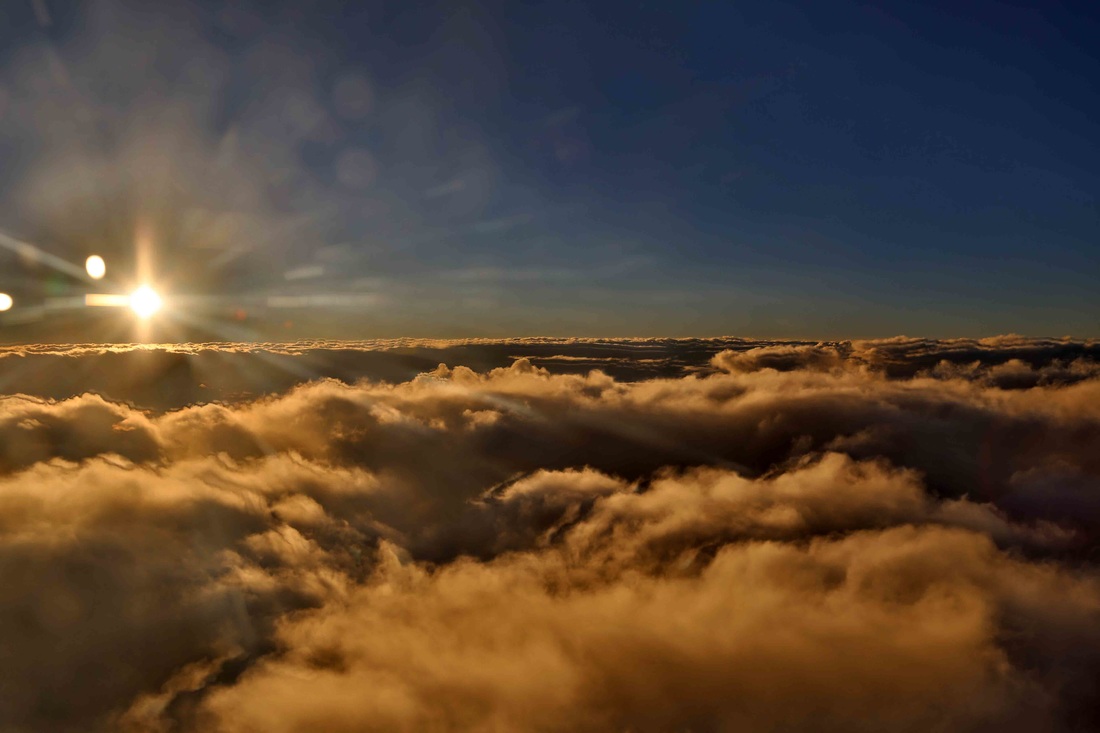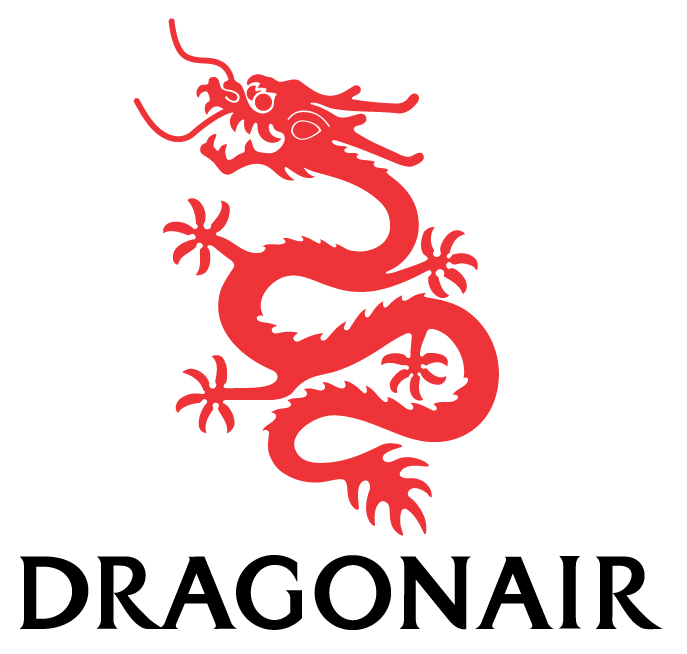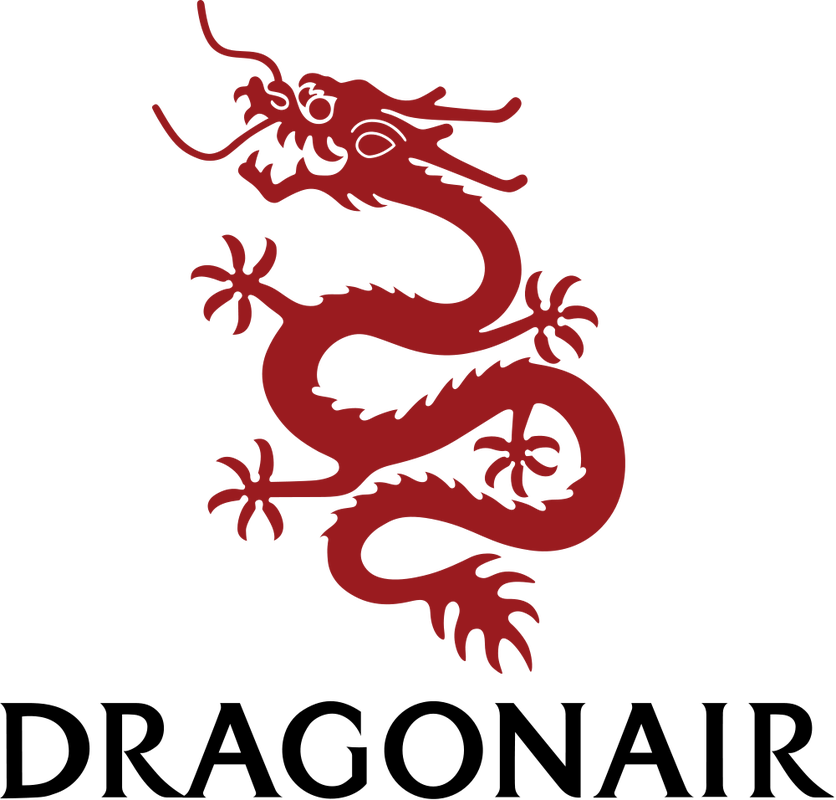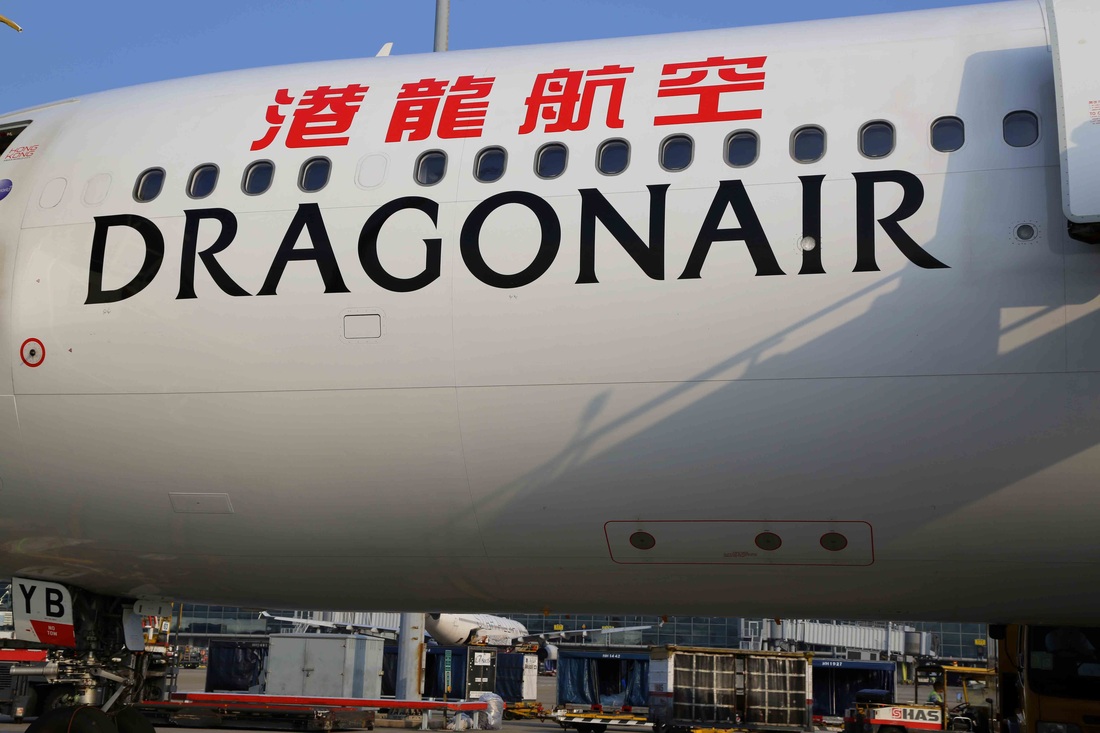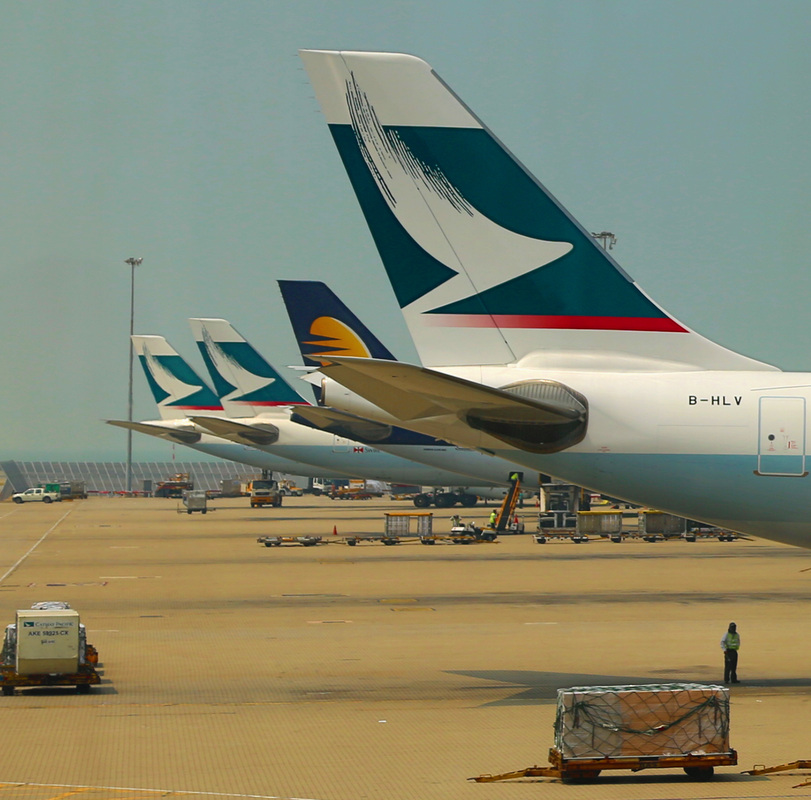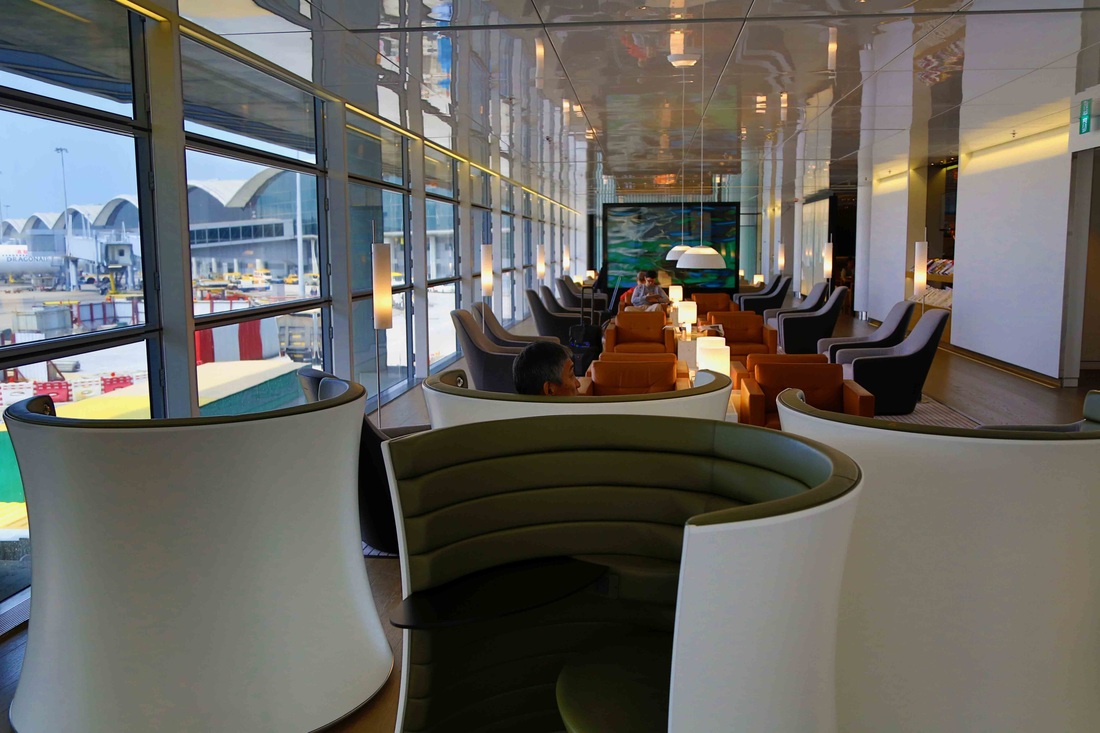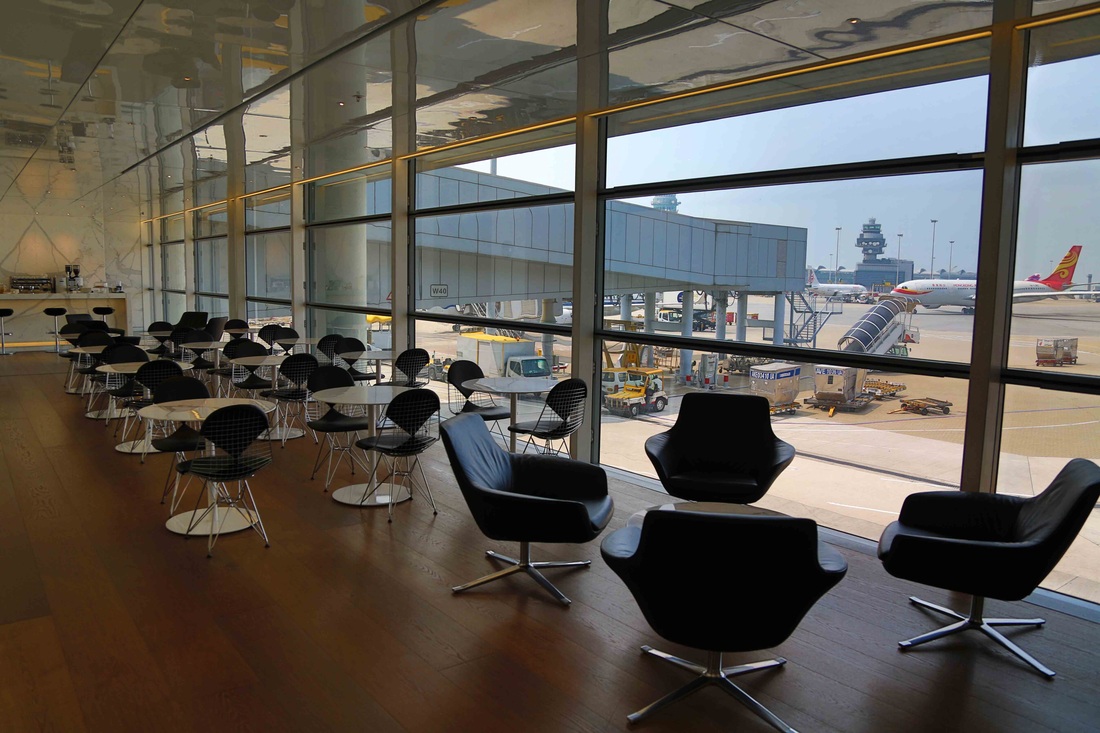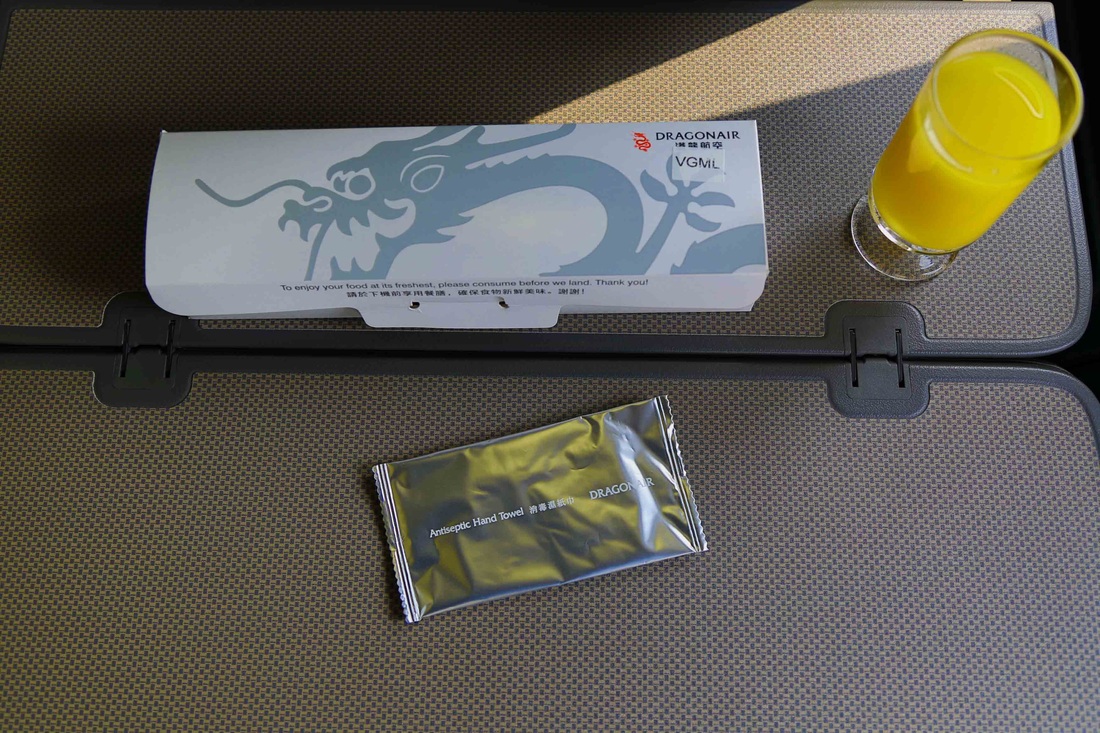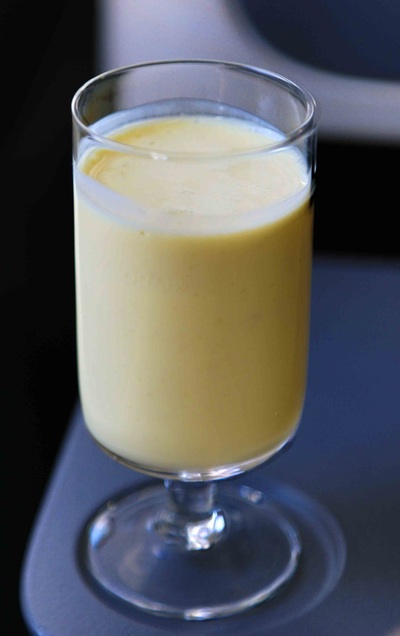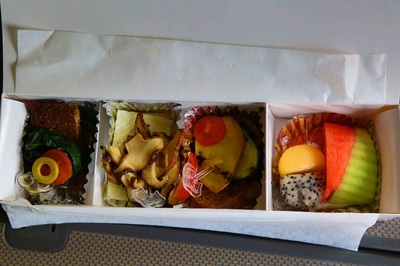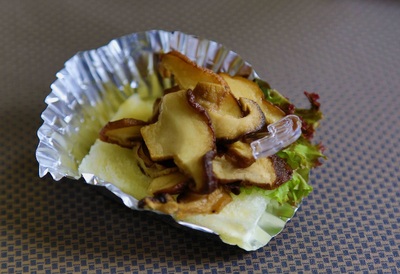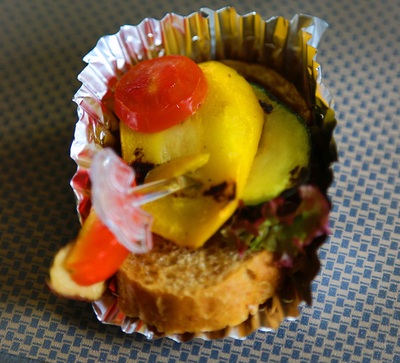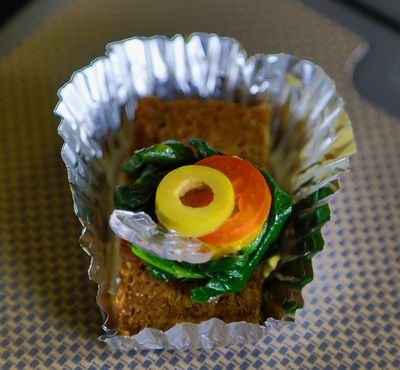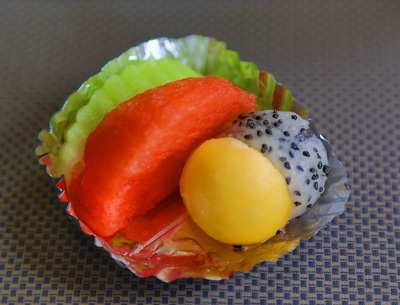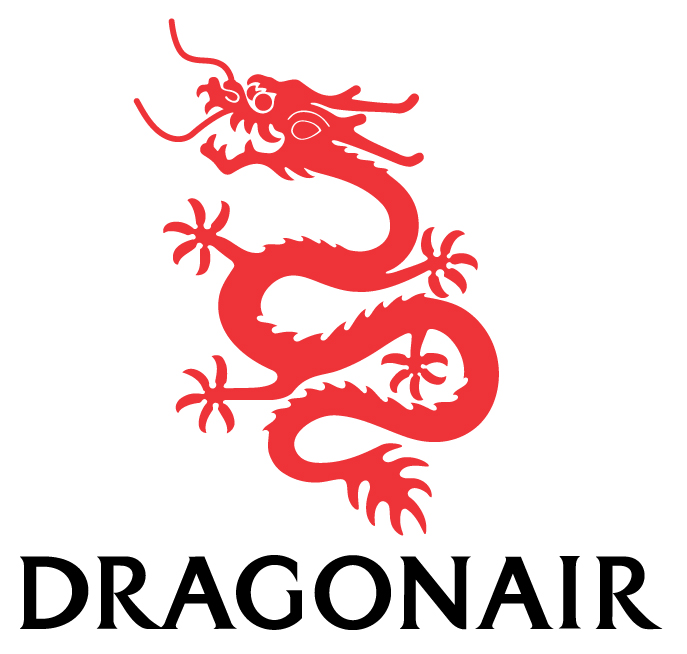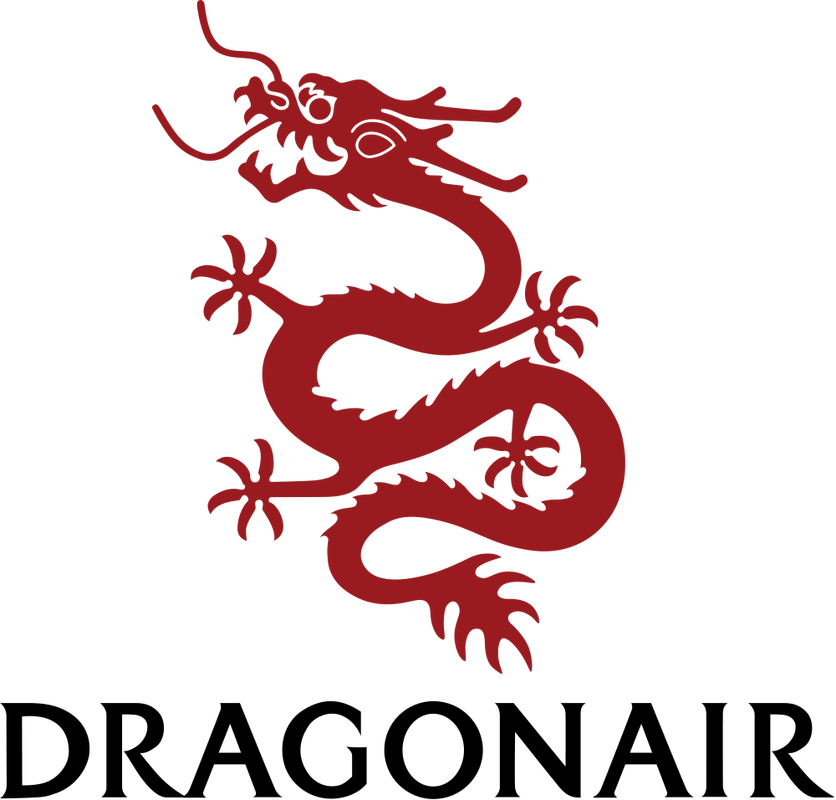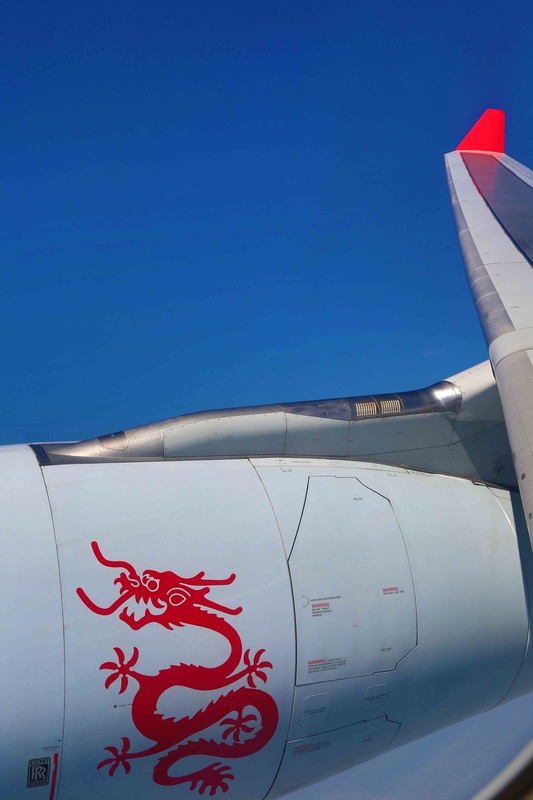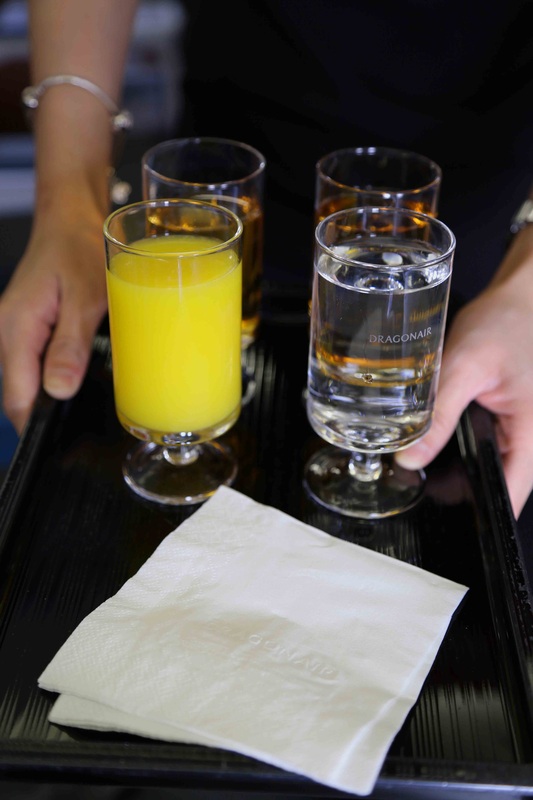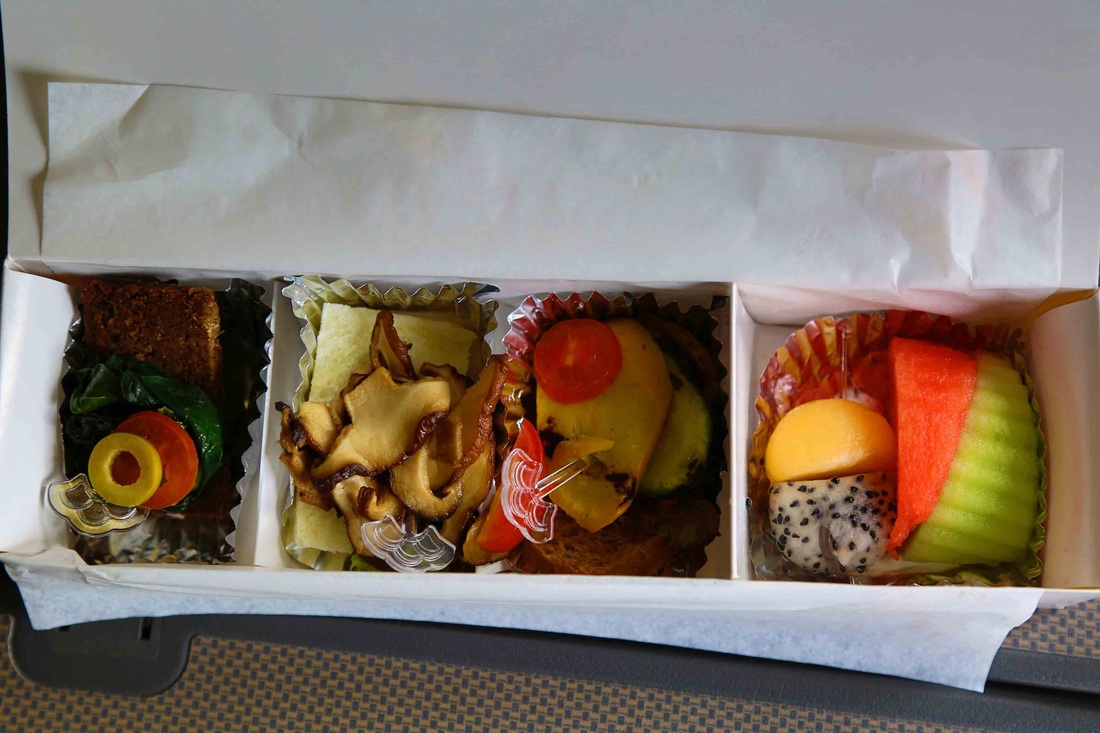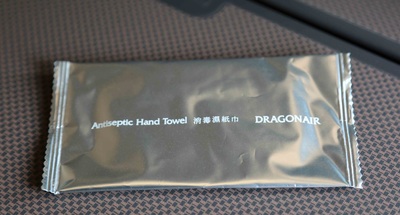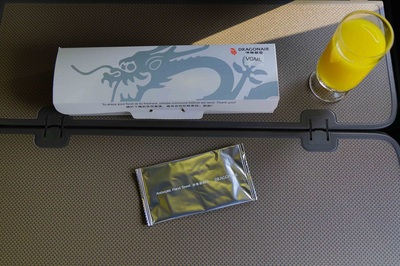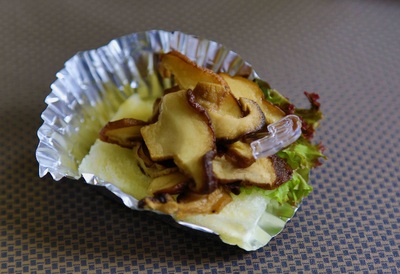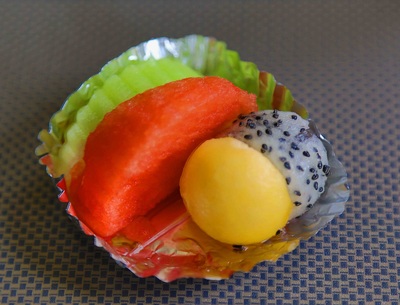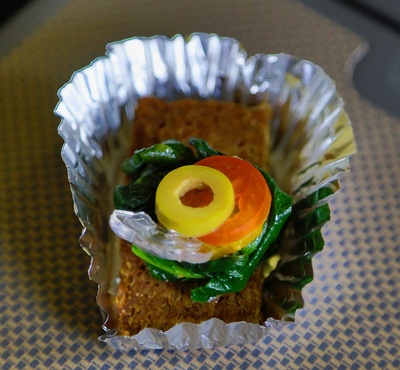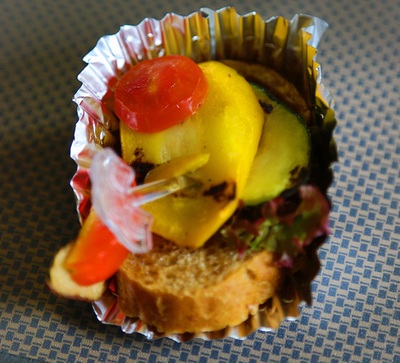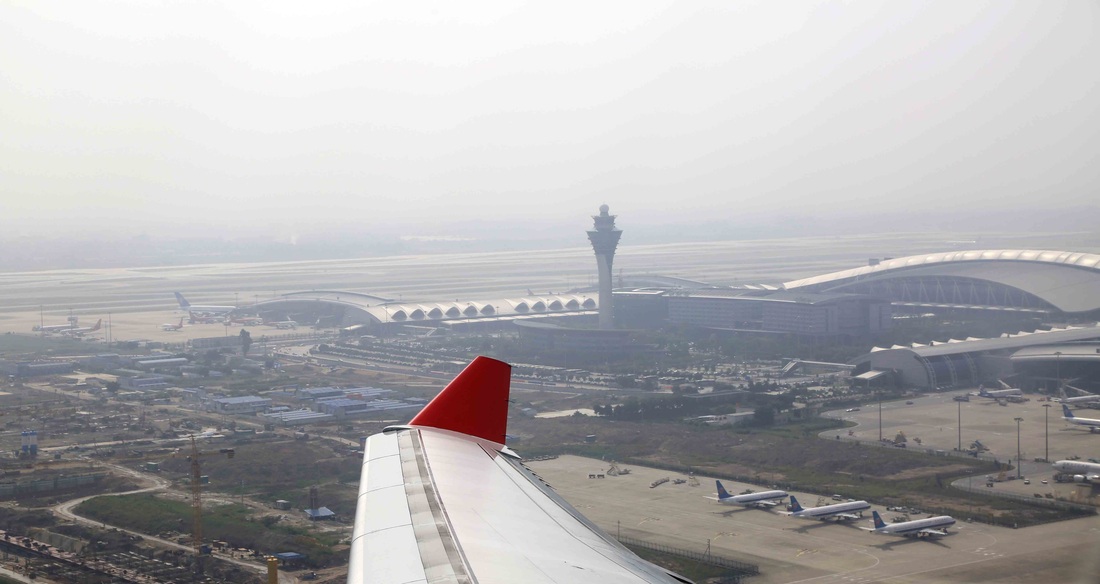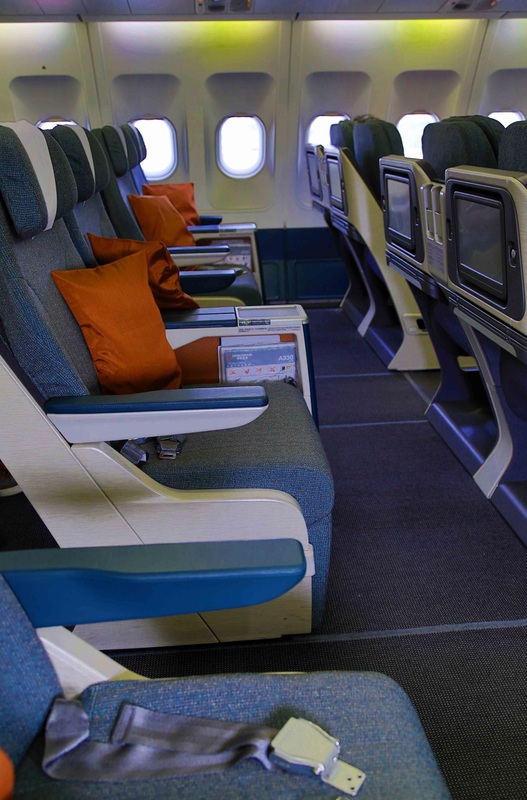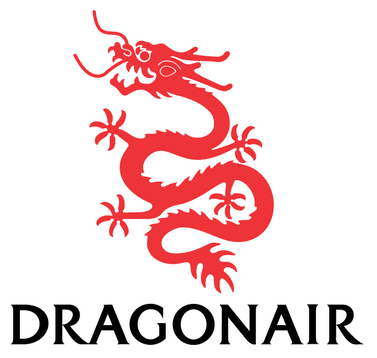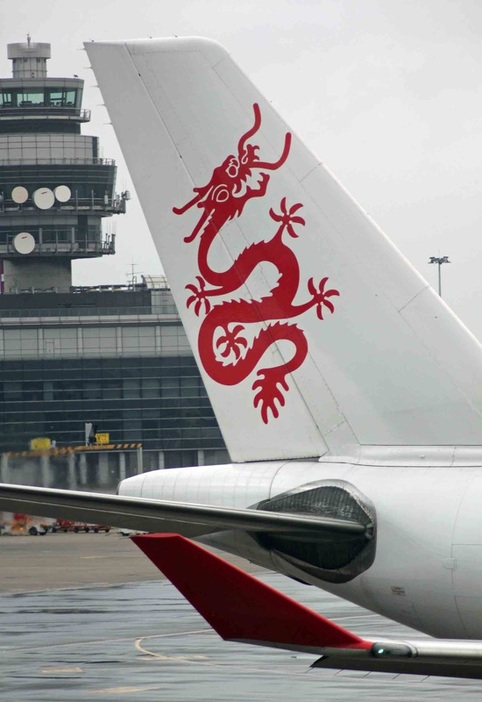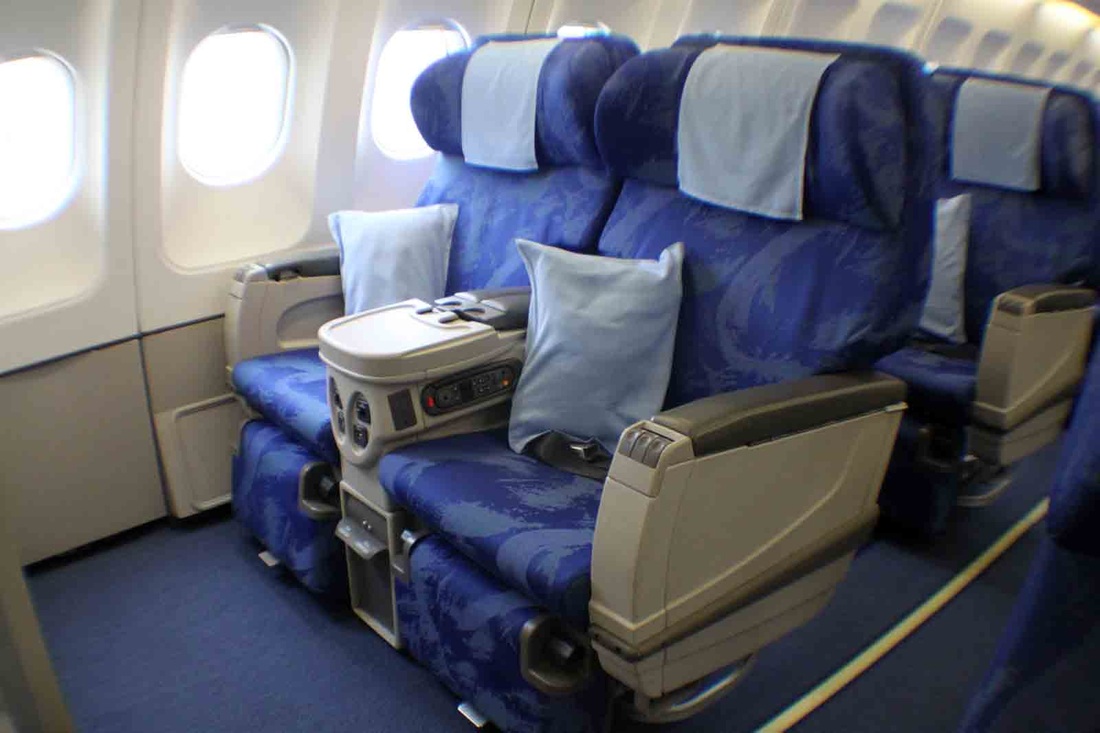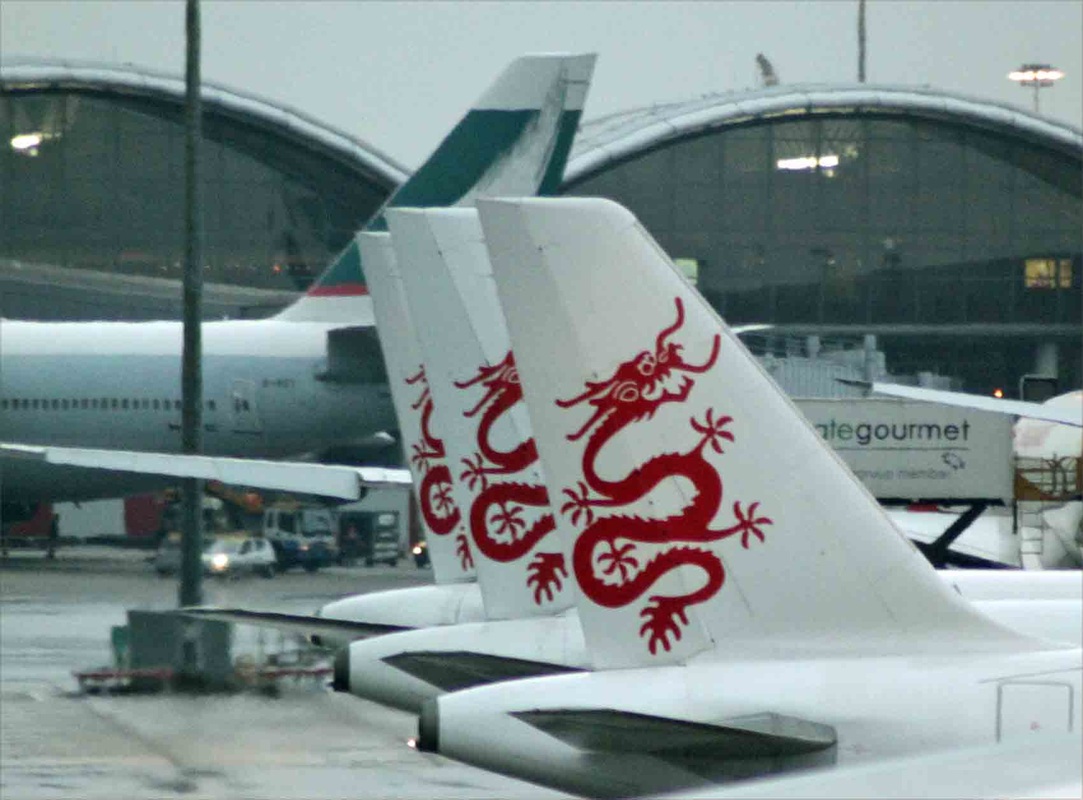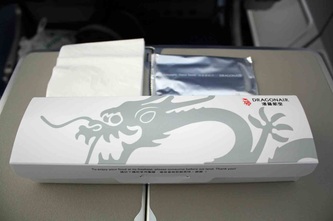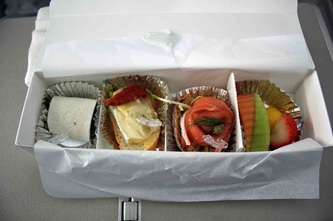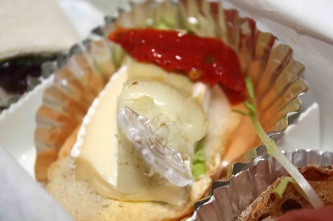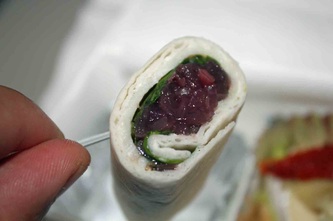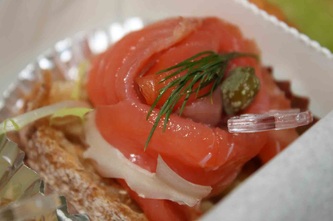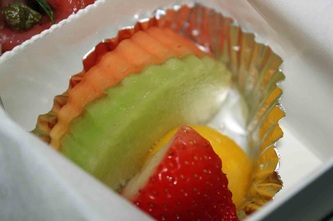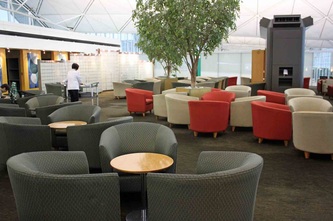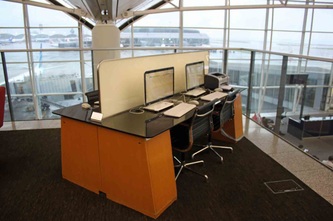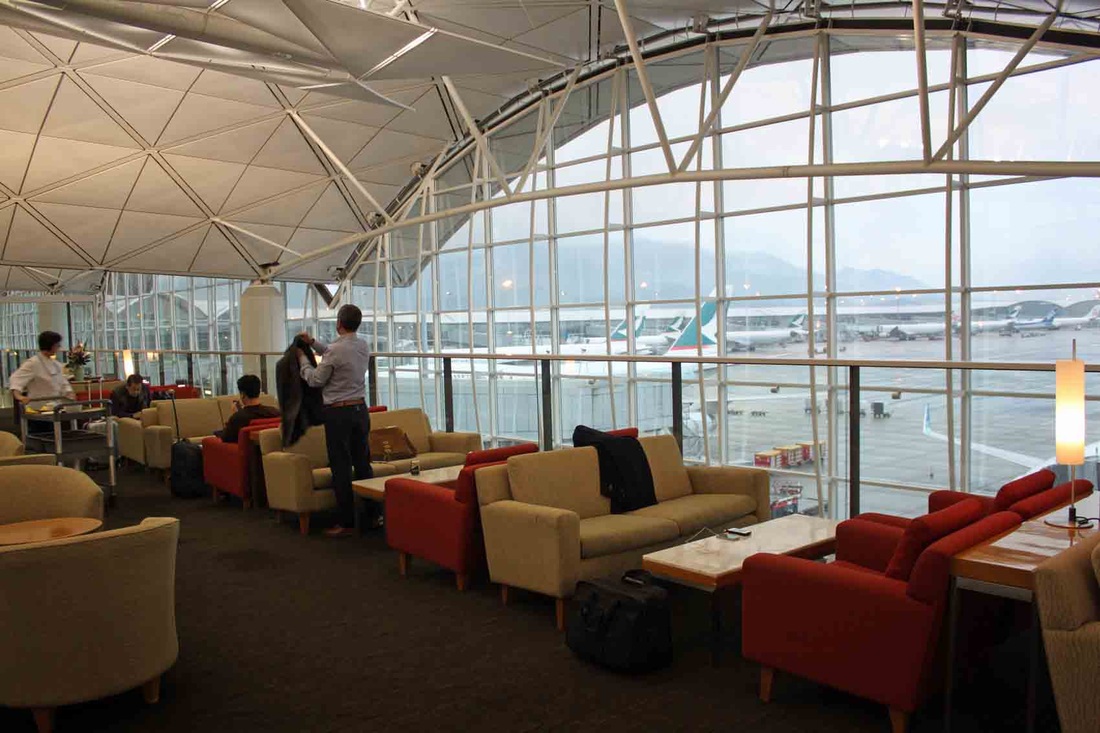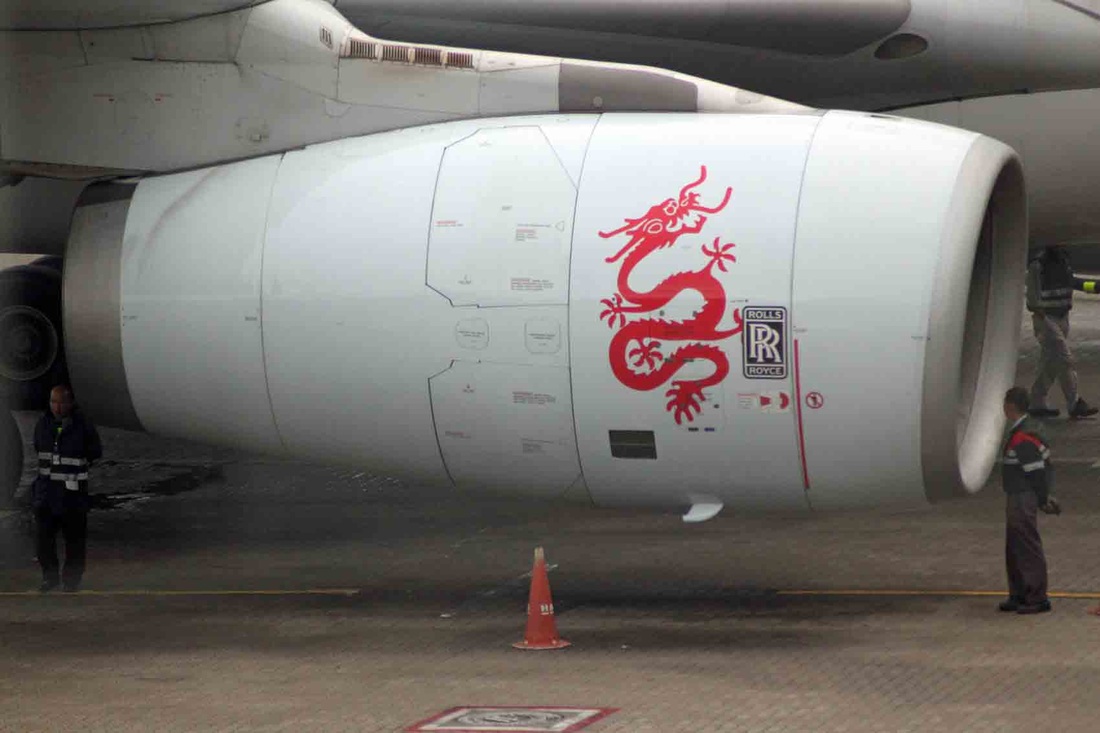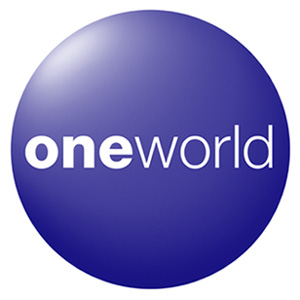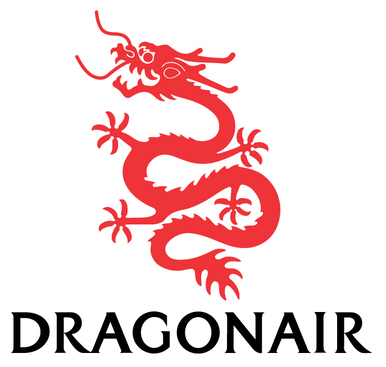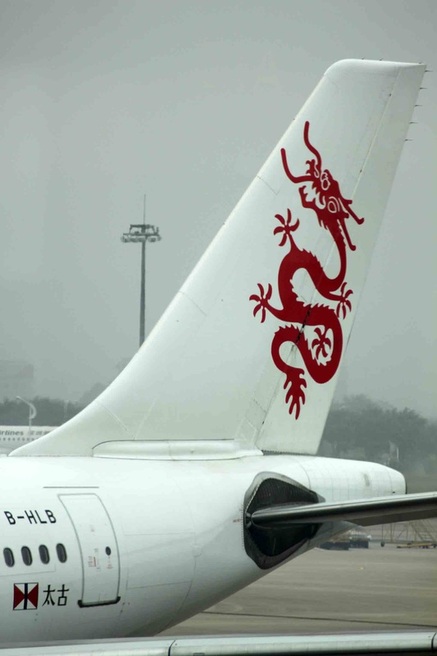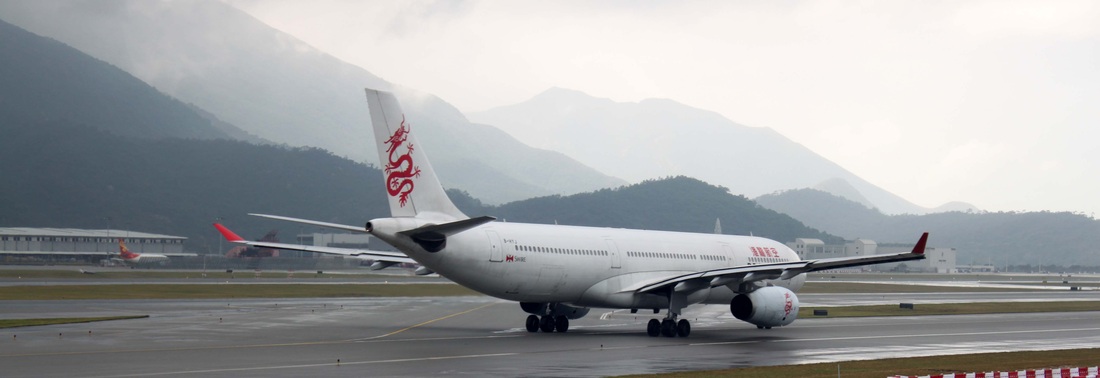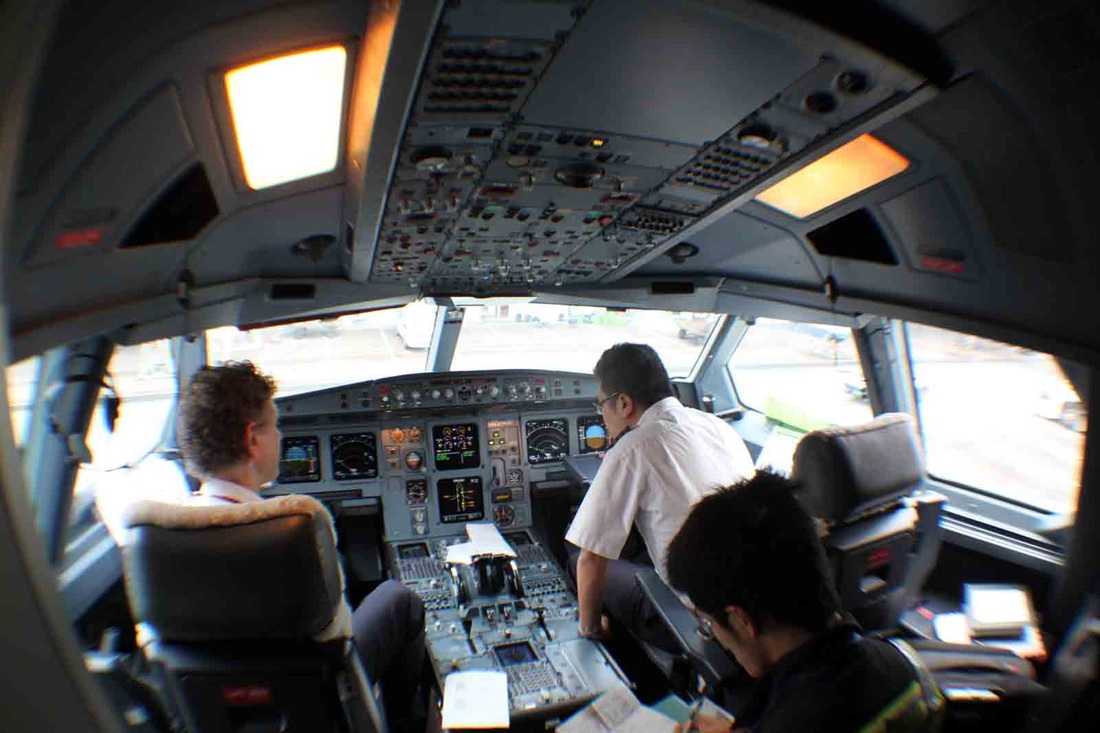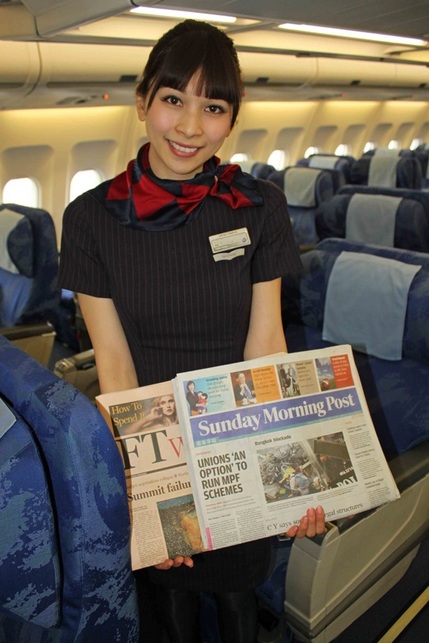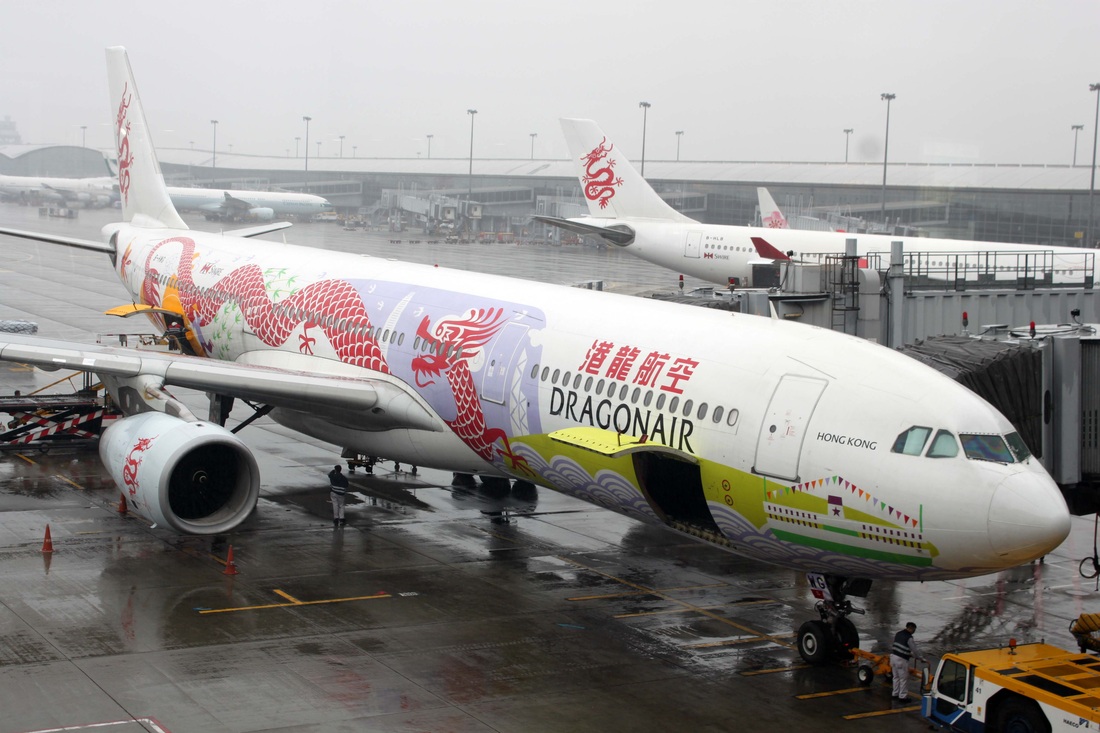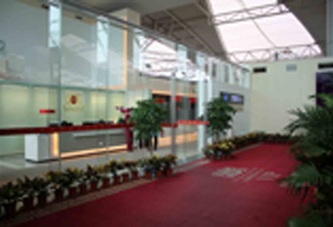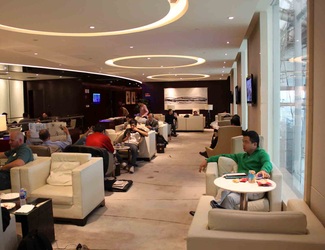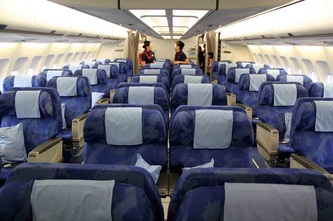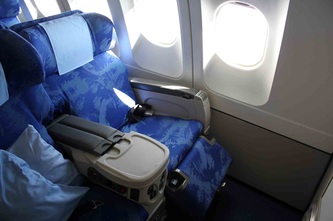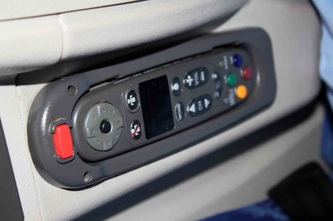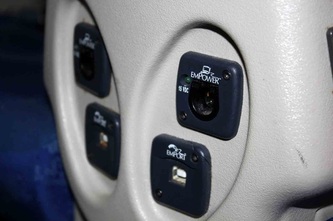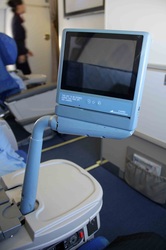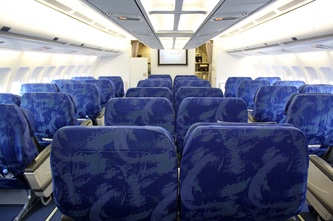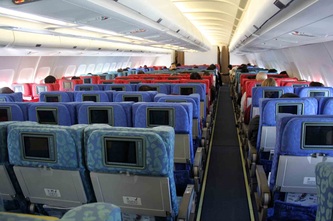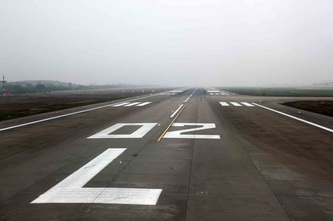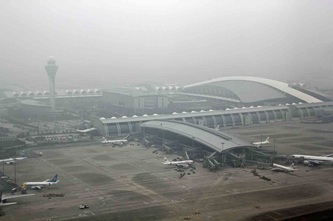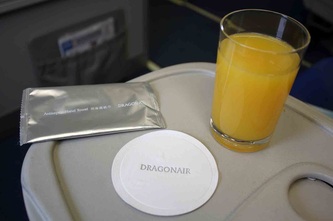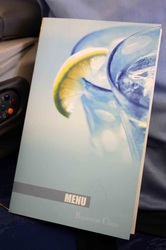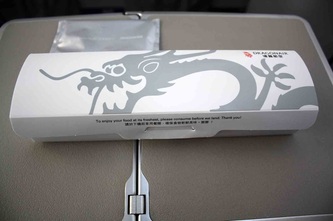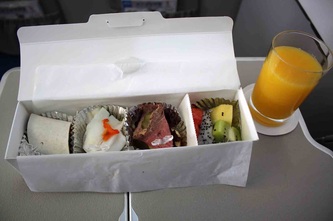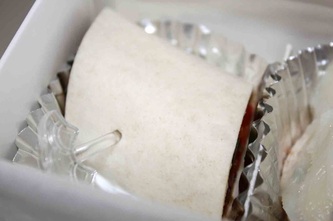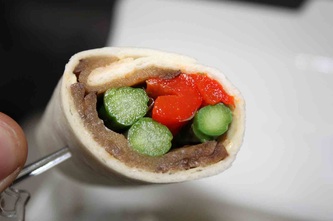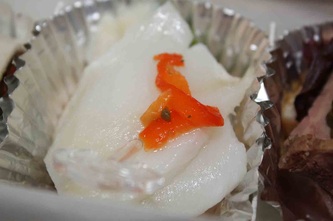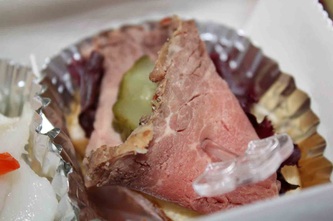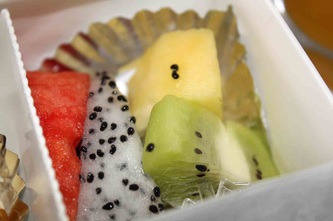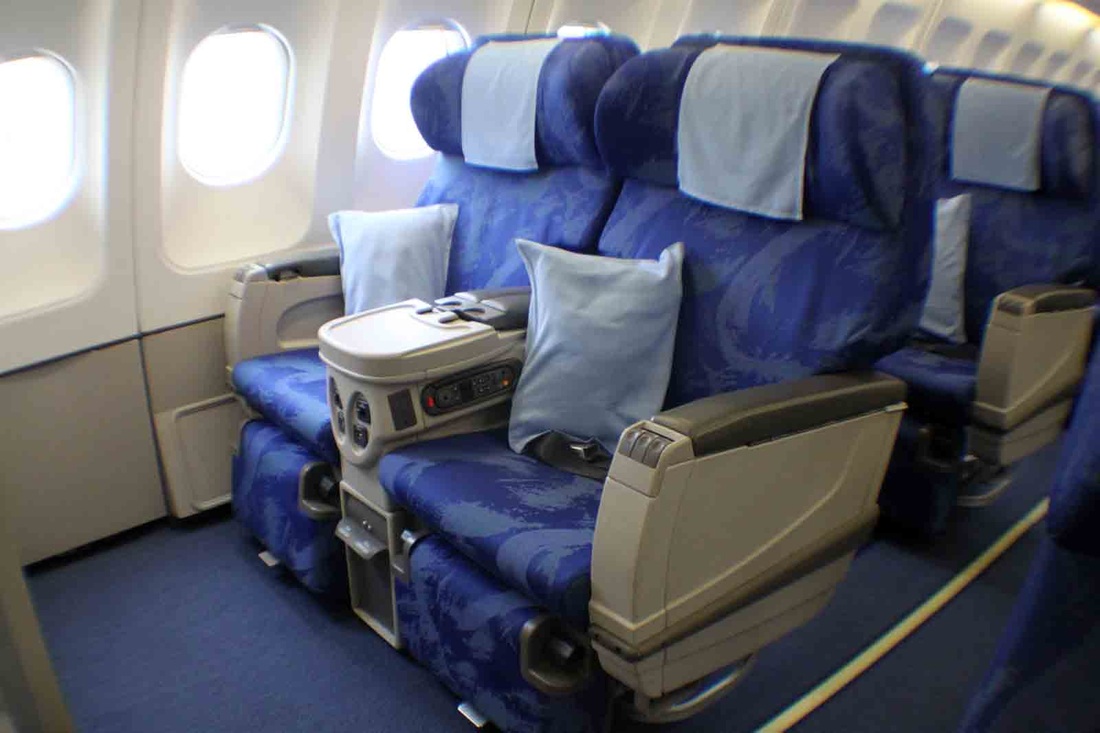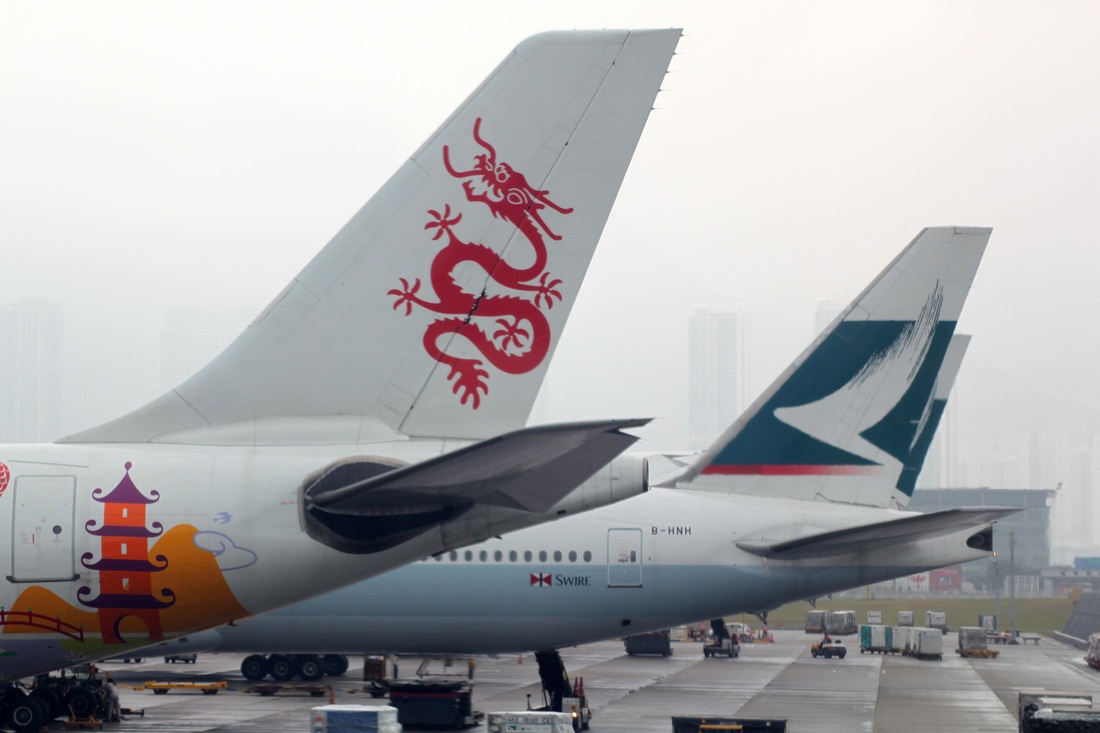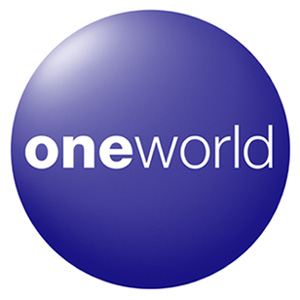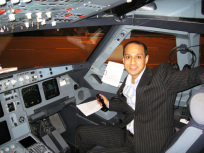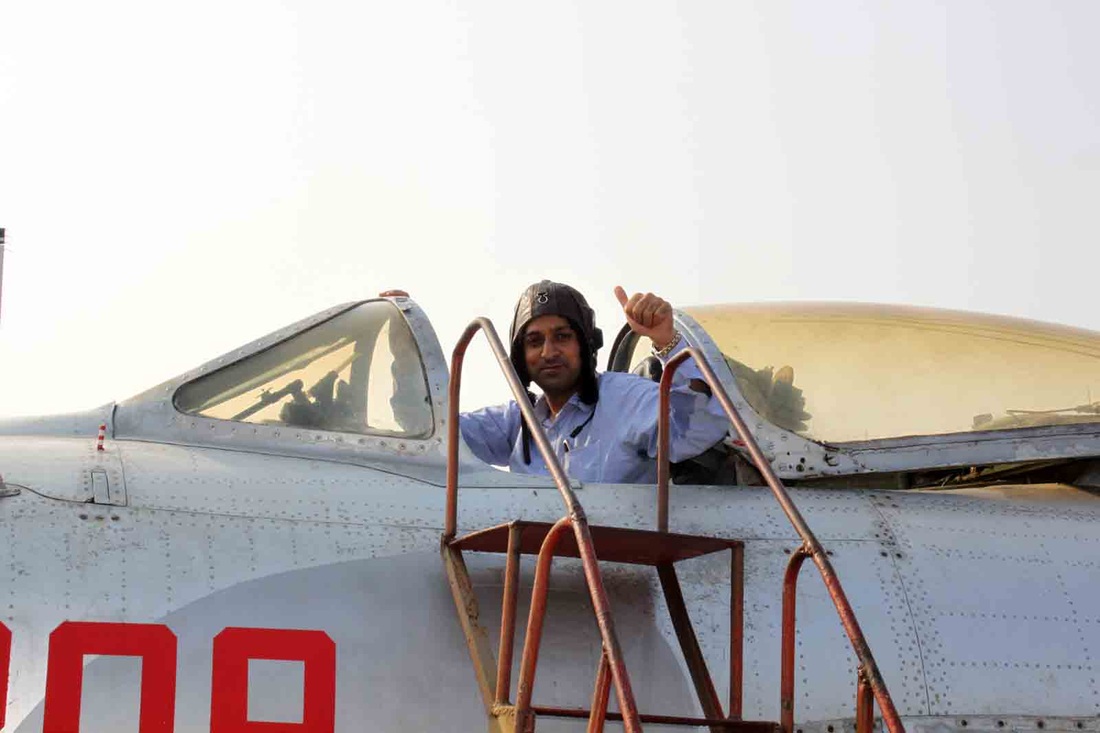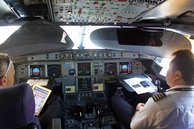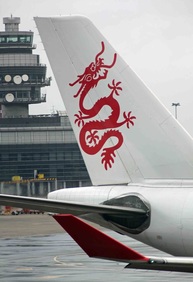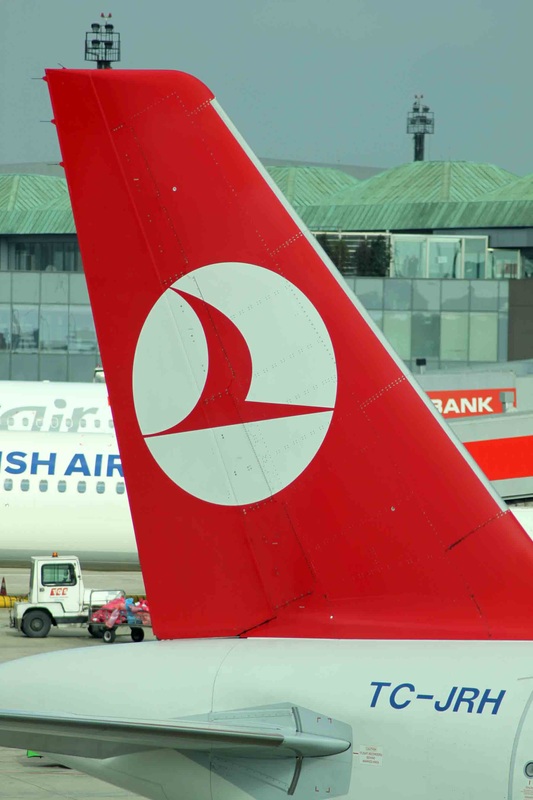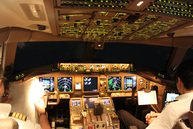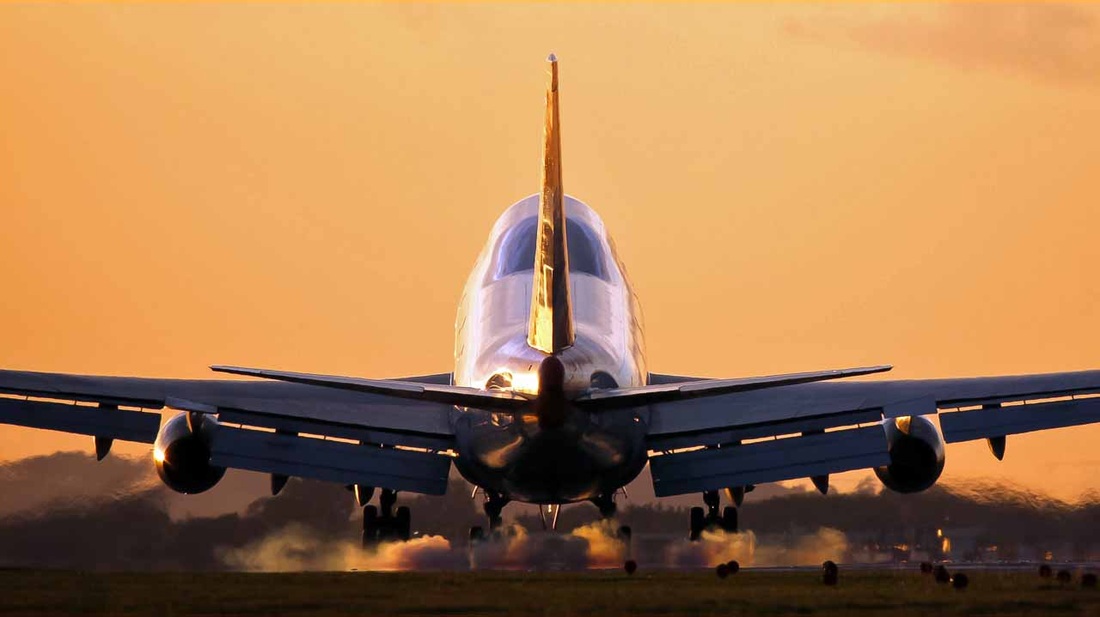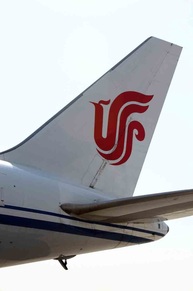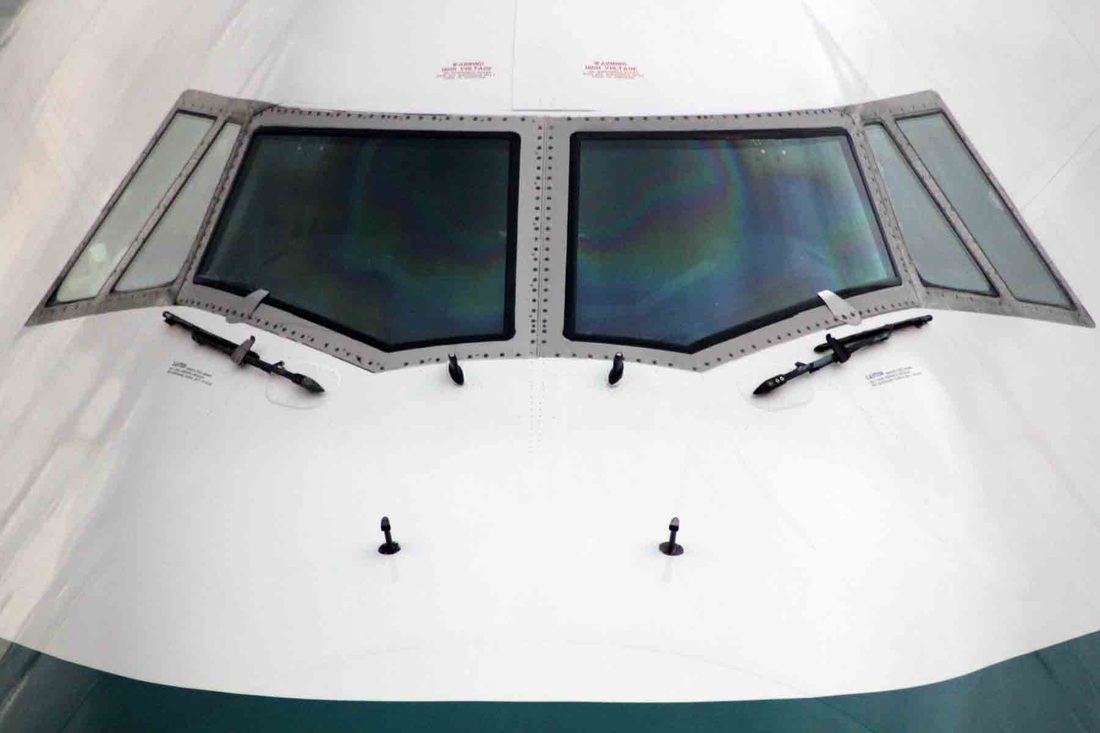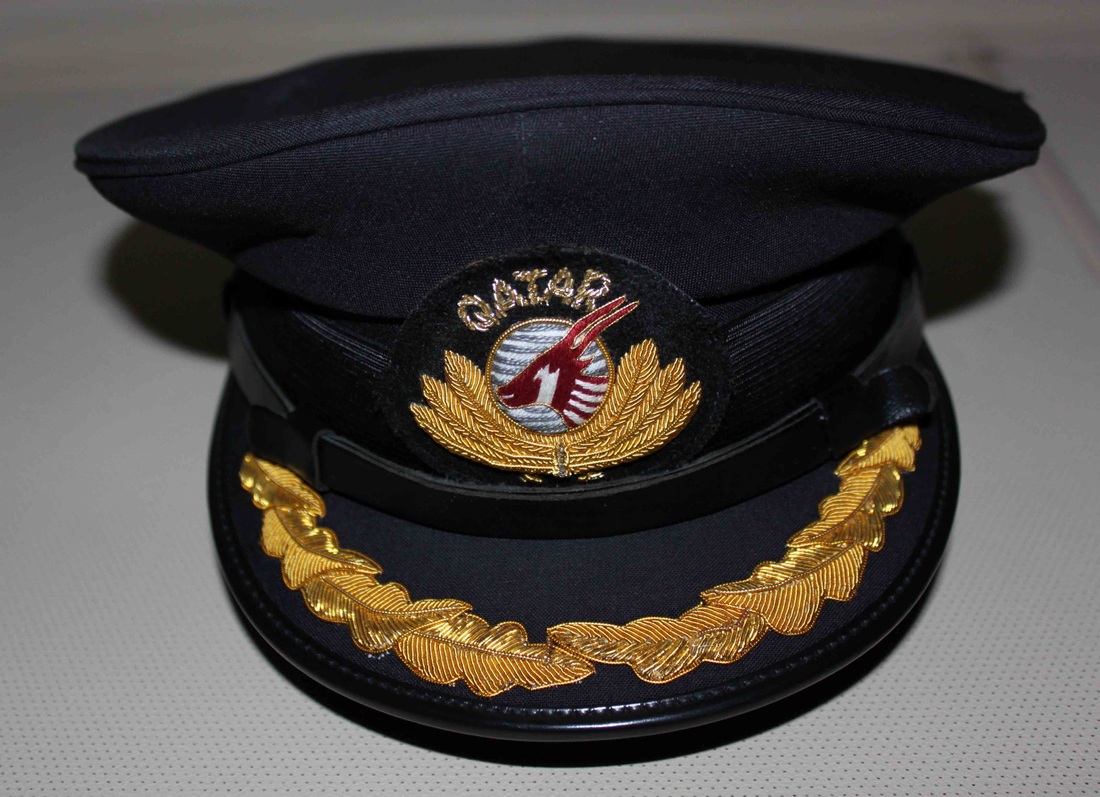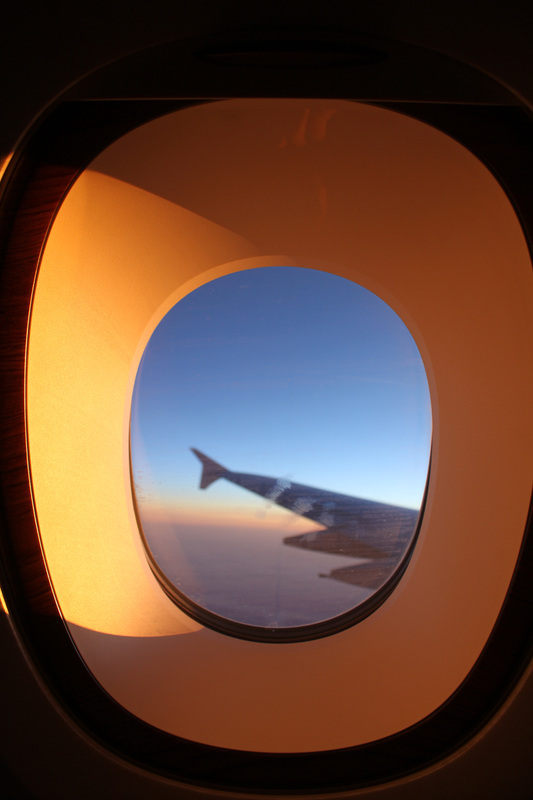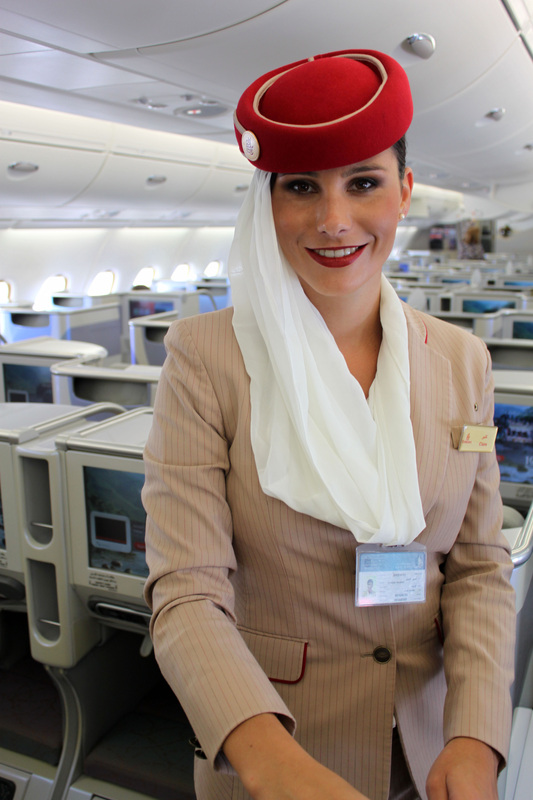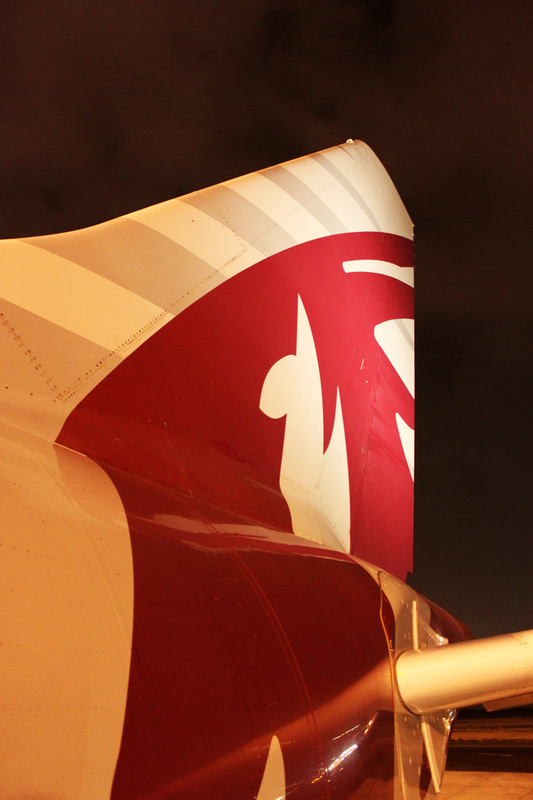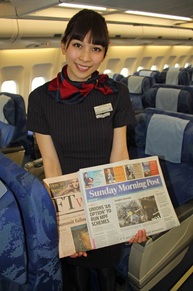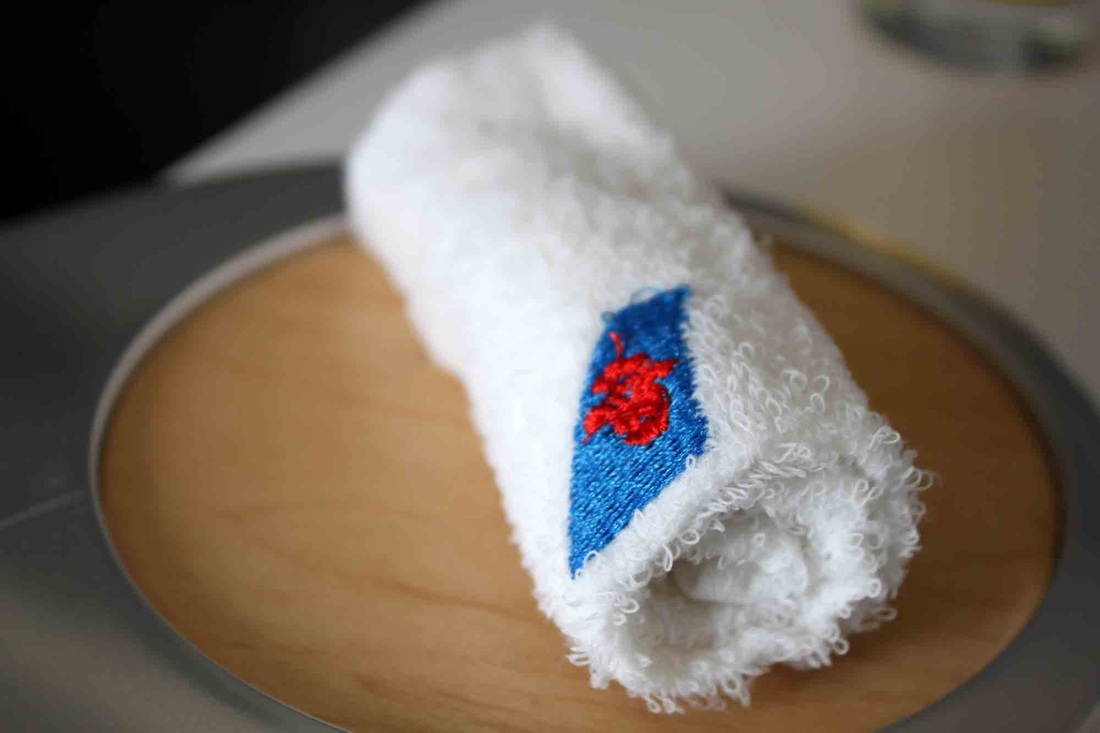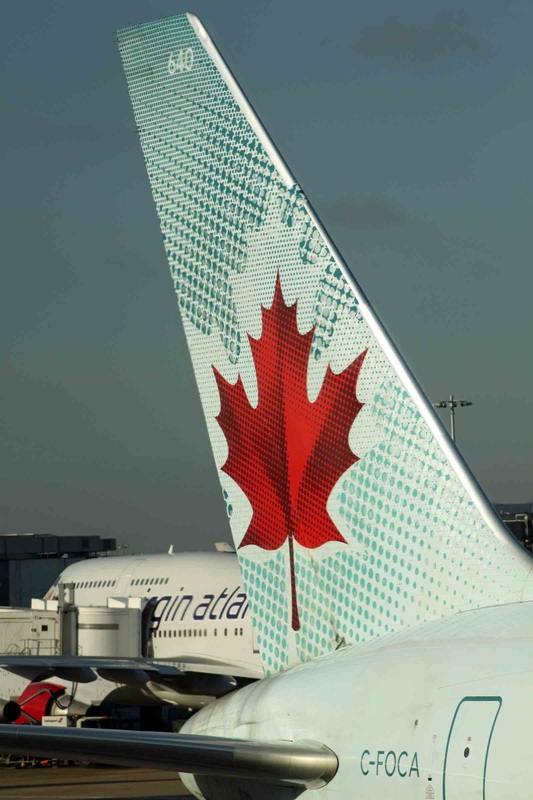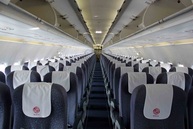|
On January 28, Cathay Pacific announced that DragonAir will cease to exist, instead the sister airline to Cathay Pacific will be re-branded as Cathay Dragon. In a press release, Cathay Pacific’s Chief Executive Ivan Chu said: “We are very proud of what we have achieved together. Cathay Dragon is a brand that will be recognisably part of the Cathay Pacific Group for our customers from different parts of the world. The rebranding will enable us to capture the fast-growing passenger flows across the two carriers by creating a more seamless travel experience. “ He continued: “We are building on what is a true Hong Kong success story that has made our city a leading international aviation hub and gateway to and from Mainland China markets. This rebranding will sharpen our competitive edge by offering an attractive Cathay-led brand package that carries the assurance of a consistently high-quality customer experience.” However, the airline also announced the two airlines won’t be merged, but will instead be continuing to operate as two separate carriers, with just the name and brand changing rather than the operation. Cathay Dragon has adopted the new livery design of Cathay Pacific, whilst turning the blue and green areas to red. “We see this a real Hong Kong success story, and we aim to ensure the success continues. Through this rebranding, we will make it much clearer to customers that they are flying on a member of the Cathay Pacific Group, and we have created a new look for Cathay Dragon that clearly identifies it as a Group airline.” Ivan went on to say: “There are two main reasons behind this rebranding, the first being a desire to capitalise on Cathay Pacific’s strong international brand recognition. The second driver is to leverage on Cathay Dragon’s unique connectivity into Mainland China.” It’s fair to expect little difference to the cabin products, as there is already a strong synergy between the two carriers. Chief Executive Officer Algernon Yau said: “We can assure our customers that Cathay Dragon will continue to provide the same high level of products and services that made us a four-time winner of the World’s Best Regional Airline award. We will have the same dedicated team continuing to offer their friendly and caring service style. We will also continue to build on our experience and understanding of what our passengers like and treasure, such as speciality Chinese and Asian dishes as well as popular local Hong Kong snacks.” My own thoughts are that it sounded better as DragonAir. The Cathay Dragon doesn't really have a kick to it, and doesn't come across as a catchy name (whereas Cathay Pacific is). Many observers have also commented that the new branding has a striking resemblance to the branding of Turkish Airlines, Swiss and Qantas Airways. Read More Introducing Cathay Dragon - The VideoDragonair is an award-winning regional airline of Hong Kong, and is a proud wholly owned subsidiary of the Cathay Pacific Airways Group. Formed in May 1985, and having started services initially with just one Boeing 737-200 aircraft, Dragonair has in time become one of the world’s best regional airlines.
As a wholly owned subsidiary of Cathay Pacific Airways, the airline operates one of the youngest and most modern fleet with 36 aircraft on scheduled services to 41 destinations in Mainland China and elsewhere in Asia using three aircraft types: Airbus A330-330, Airbus A320-200, and the Airbus A321-200. The Airbus A330-300 aircraft come in three types of configuration: type 1 aircraft are designed to carry up to 284 passengers in three classes. They are used on the Beijing and Shanghai routes; type 2 aircraft are designed to carry up to 315 passengers in two classes. They are used on the Kaohsiung and Taipei routes; and type 3 aircraft are designed to carry up to 300 passengers in two classes. They are used on the Dhaka, Bengaluru (Bangalore), Taipei, Kaohsiung and Qingdao routes. In 2011, Dragonair was voted the ‘World’s Best Regional Airline’ by Skytrax for the second consecutive year. The airline is renowned as a China expert, serving 20 cities in mainland China. Cathay Pacific is a founding member of the Oneworld alliance, with its subsidiary, Dragonair, as an affiliate member. I had the pleasure of flying from Hong Kong to Hangzhou on Dragonair’s A321-200. I came in from Doha on Cathay Pacific flight CX640. Departure date and time of flight: February 2015, 08:00am Flight number: KA626 ATC Callsign: Dragon ICAO: HDA Flight duration: 2 hours and 20 minutes Cabin: BUSINESS CLASS Aircraft type: Airbus A321-200 (8 aircraft of this type in service.) Aircraft registration: B-HTI Aircraft Serial Number: 2021 First flight: 30th September 2003 Aircraft delivery date: 22nd October 2003 Aircraft engine types: Two x IAE V2533-A5 Frequent flyer programme: Marco Polo Club Seat configuration for this aircraft: 24 Business Class in a 2-2 configuration 148 Economy Class in a 3-3 configuration Punctuality of the flight/route taken: Departed on time, and landed on time as well. The short 2-hour flight provides a very non-scenic route from Hong Kong to Hangzhou because of the dusty and cloudy skies over China. The flight leaves Hong Kong, and goes over Guangdong, then over Xiamen and then straight down towards Hangzhou. Any baggage issues: As a Business Class passenger, the check-in baggage allowance is 30kg for one bag. On Cathay Pacific flights to, from, or via the US, Canada, and some countries in South America, 2 pieces of baggage may be checked-in with dimensions measuring up to 158cm (62 inches) in total and 32kg in weight for each bag. For all classes, each passenger (except an infant) can bring a free baggage allowance of one cabin bag not exceeding 56x36x23cm (22x14x9 in) in size. These dimensions include wheels, handles and side pockets. Comments on the check-in and any issues: No check-in issues as this was a connecting flight from Hong Kong (I had my luggage checked in at Dubai…so the luggage travelled from Dubai to Doha and then to Hong Kong and finally to Hangzhou!). In-flight magazine: Silkroad (published by ACP Magazines Asia Limited) Lounge experience at Hong Kong Airport: Once the plane landed at Hong Kong from my Cathay Pacific flight from Doha (CX640), I was whisked away by the waiting VIP security to the transfer security checkpoint, and then was ushered to the Cathay Pacific Airways Lounge near gate 65 known as The Pier. Cathay Pacific Airways and Dragonair have five lounges at Hong Kong Chep Lap Kok Airport for their First and Business Class passengers. They are: The Wing & The Pier The Pier, and The Wing are premium lounges in addition to The Cabin and The Arrival at the Hong Kong International Airport. Located at Level 5 near gates 62-66, The Pier covers over 3900m2, and provides another alternative for the First and Business Class passengers to relax and enjoy. Both lounges have separate facilities available for Business and First Class passengers, and both offer a personalised space in tranquil surroundings. These lounges are for the classy and the chic to while away their time away from the hustle & bustle of the airport. One of the unique features at The Pier is the addition of six Day-Break Rooms. Each offers an undisturbed environment to enjoy a little extra privacy. The Cabin (for departures) & The Arrival (for arrivals) In addition to The Wing and The Pier, The Cabin is the airlines newest departure lounge at Hong Kong International Airport, conveniently located near Gate 23 on the central concourse. Contemporary, refreshing, and dynamic, The Cabin is ultra-modern in design and introduces some brand new seating and dining concepts. Similar facilities as the other lounges are present at The Cabin. These include the IT Zone, The Deli (offering various Western and Asian hot and cold dishes), The Health bar (lovely freshly made smoothies, or Chinese herbal teas anyone?), and the The Arrival lounge is the airlines new premium arrivals lounge at the Hong Kong International Airport. Once passengers on Business and First Class arrive into Hong Kong, before they commence their activities in town, the lounge enables them to get refreshed and revitalised at the arrivals lounge. The Arrival lounge is located past the arrivals hall, at the centre passage connecting Terminal 1 and Terminal 2, right below the Airport Express station. All of the lounges can be accessed by First and Business Class passengers, Gold tier members or above of The Marco Polo Club and Emerald members of oneworld™ on Cathay Pacific or Dragonair arriving same day in Hong Kong OR transiting same day with more than 4 hours of transit time are welcomed to visit the arrivals lounge. G16 Lounge Managed by Dragonair staff and for those passengers that are connecting to Dragonair flights to/from Hong Kong airport, the G16 Lounge is located right opposite gate 16. The G16 lounge provides world-class facilities such as wireless and high-speed internet, plenty of high quality 5-star meals and drinks, and washrooms to freshen yourself before or after the flight. On my flight back from Doha (separate report) to Hong Kong, I was advised to use the G16 lounge because my connecting flight was with Dragonair to Hangzhou. Passengers flying with Cathay Pacific Airways can of course, also access the G16 lounge. From The Pier Lounge to gate 24, where the aircraft was parked took around 15 minutes. Hong Kong Airport was quite busy at this time in the afternoon. On the long-haul sector, such as this one, an average Business Class seat can cost anything in the range between US$4,500-US$6,600 depending on the destination, so considering the current economic climate, if the Business Class cabin is full then you can take a guess of how much money companies and people still have! Comments regarding the pre-meal service: Business Class passengers were offered a choice of champagne, orange juice, tomato juice, and apple juice out of a hand tray service provided by the crewmembers. A choice of either sparkling or still mineral water is also offered. There is a 500mL bottle of Evian water behind each Business Class seat. The signature drink to try is the ‘Dragon Sunrise’- a refreshing fusion of gin with fresh guava, and fresh lemon juice. All Business Class passengers are handed out hot hand towels just prior to the meal service. Comments regarding the meal: For such a short flight, there is only one meal service. I had ordered a special vegetarian meal prior to the flight. Dragonair offer scrumptious on-board menu choices that are changed every two weeks. Business Class passengers are presented with a neat meal tray. I got chicken biriyani with basmati rice and okra, which was very delicious. It was served with a couple of Indian parathas. Food is usually served on stylish china tableware specially adapted from the Lifestyle collection of Wedgwood from the UK. To enjoy the food at its freshest, it’s best to consume it before landing. To round of the meal service, we were served with Haagen Dazs ice-cream and a plate of fresh fruit. Comments regarding the drinks service: A second round of drinks was offered after the meal. This included coffee and tea (green tea and black tea). I ordered a cup of coffee; however by the time it was delivered the plane was in its decent into Hangzhou. The lovely crewmembers poured the coffee into a wide-sided plastic cup so it would not be so hot, but just lukewarm enough to drink. Should any passenger want wine or champagne (even if it is the morning!), then these drinks are served in exclusively designed glassware. The champagne is provided by the award-winning Piper-Heidsieck Brut. The wine list for this flight included: White Wines: Macon Villages Blanc, Vaucher Pere & Fils, Burgundy 2010, France Wente Morning Fog Chardonnay, Livermore Valley & San Francisco, California 201, U.S.A. Red Wines: Cotes de Duras, Baron de Venzac 2012, France Luis Felipe Edwards, Family Selection, Gran Reserva, Shiraz 2012, Chile. Some of the specialties on Dragonair include: Fook Ming Tong Chinese tea, Fujian oolong tea, Hong Kong style milk tea, Fuding jasmine silver fur tea, and freshly brewed coffee. Comments on the in-flight system (if any): Overhead TVs are located throughout the aircraft in both cabins. The music played upon boarding and disembarking the aircraft is changed every month. On this flight we had ‘Hero’ by Andy Findon (on-boarding), and ‘Tsubame Ni Naritai’ by Chen Min. All aircraft have the Airbus KID 110V AC SkyPower in-seat power outlet for laptop computer and portable electronic devices in every seat. This requires no adapter cable. Dragonair was the first airline to offer this technology within the operational network for mainland China. Comments of professionalism of the cabin crew: The staff are very proud of their brand image and represented their airline at the highest level possible. When under a situation of high pressure, the staff seemed to act with professionalism and integrity. The cabin crew uniform design consists of a black blouse with thin red stripes, and a neck silk scarf in navy blue and red colours. Dragonair's current uniforms are designed by renowned Hong Kong designer, Eddie Lau. Comments on the interior of the aircraft (including seat comfort): For A321-200 on which I was flying, the Business Class cabin accommodates 24 passengers in a 2-2 seat design while Economy Class cabin caters for 148 passengers in a 3-3 setting. The seats in Economy Class on the Airbus A321-200 have a pitch of 32” recline, and are 17.5” wide. The seats in Business and Economy Class are manufactured by various suppliers: BE aerospace, Zodiac France, Geven aircraft seating, Recaro Aircraft Seating, while those in first Class are manufactured by Zodiac. Business Class seats on the Airbus A321-200 have a pitch of 42” recline, and are 20.5” wide. Each seat has an extendable leg rest, and a footrest, as well as a six-way adjustable headrest. The Business Class seat is ergonomically designed to be comfortable whether the passenger is working or relaxing. The Business Class cabin is upholstered in a refreshing and contemporary aqua blue; while the Economy Class is upholstered in shades of aqua blue, imperial red, and sky blue. Dragonair logo and brand livery Dragonair’s livery consists of having an all white fuselage, and underbelly. The tailfin consists of an imperial red dragon against a white background, and the same design is applied to the engines. At the front of the fuselage, just before the first cabin door, and below the cabin windows the words ‘DRAGONAIR’ are printed in English, in black ink and in capital letters; while the Chinese equivalent is printed in imperial red ink, and above the cabin windows (above the English words). The tips of the wings are coloured in imperial red ink. Below the tailfin, just in front of the back cabin door, is the flag of the Swire Group. The current Dragonair logo, modified from the previous version, was introduced in 1993 coinciding with the delivery of Dragonair's new fleet of Airbus A320s back then, with a new livery. The livery design gives a streamlined and contemporary look that reflects the dynamism and energy of the airline. Aircraft are given a pristine, overall white look, with the Dragonair name in clean black lettering. Red is used in the Chinese version of the name and in the dragon motif, in a strong and sophisticated shade. While Dragonair has been a wholly owned by the Cathay Pacific Group since September 2006, the airline continues to operate as a separate airline under its own Air Operator’s Certificate. The Dragonair brand remains unchanged and the airline’s own 2,400 staff consisting of cockpit and cabin crew fly its own aircraft in the existing livery. In 2010, Dragonair celebrated its 25th anniversary, and to mark the auspicious occasion, an Airbus A330-300 was painted in a special livery with the red dragon painted across the whole fuselage against a backdrop of Hong Kong’s skyline in green. Just under the cockpit windows it writes ‘Hong Kong’ in capital letters, and there is a painting of the famous Hong Kong Star Ferry. Overall rating 1-10 (worst-best): 10 Dragonair is an award-winning regional airline of Hong Kong, and is a proud wholly owned subsidiary of the Cathay Pacific Airways Group. Formed in May 1985, and having started services initially with just one Boeing 737-200 aircraft, Dragonair has in time become one of the world’s best regional airlines.
As a wholly owned subsidiary of Cathay Pacific Airways, the airline operates one of the youngest and most modern fleet with 36 aircraft on scheduled services to 41 destinations in Mainland China and elsewhere in Asia using three aircraft types: Airbus A330-330, Airbus A320-200, and the Airbus A321-200. The Airbus A330-300 aircraft come in three types of configuration: type 1 aircraft are designed to carry up to 284 passengers in three Classes. They are used on the Beijing and Shanghai routes; type 2 aircraft are designed to carry up to 315 passengers in two Classes. They are used on the Kaohsiung and Taipei routes; and type 3 aircraft are designed to carry up to 300 passengers in two Classes. They are used on the Dhaka, Bengaluru (Bangalore), Taipei, Kaohsiung and Qingdao routes. Cathay Pacific is a founding member of the Oneworld alliance, with its subsidiary, Dragonair, as an affiliate member. In 2011, Dragonair was voted the ‘World’s Best Regional Airline’ by Skytrax for the second consecutive year. The airline is renowned as a China expert, serving 20 cities in mainland China. Though the Hong Kong to Guangzhou route is only 30 minutes (can sometimes take around an hour depending on the air traffic), this route provides many connecting flights from Hong Kong to around the world with Cathay Pacific Airways or Dragonair. Guangzhou is home to millions of wealthy overseas Chinese diasporas (i.e. Canadian-Chinese, British-Chinese, Australian-Chinese, American-Chinese etc.), and so the Dragonair flight between Hong Kong and Guangzhou provides excellent and smooth connections, without the hassle of these passengers having to take hours to travel by train or bus First (and saves the headache of crossing the Hong Kong - Shenzhen border). Usually when I have flown between Singapore and Hong Kong, I have flown directly to Hong Kong (except one time in 2004 when I did take a connecting flight from Hong Kong to Guangzhou with China Southern Airlines on their old Boeing 757-200). I was flying from Singapore to Guangzhou with Cathay Pacific Airways (via Hong Kong), and so I decided to take advantage of this useful connecting flight from Hong Kong and Guangzhou. It turned out to be much better than I expected. If anyone is flying from Singapore (or other destinations around the world with Dragonair or Cathay Pacific Airways) to Guangzhou then I would highly recommend this connection because the quality of comfort, service, and the professionalism of the staff is one of the best in the world. Check it out: Departure date and time of flight: October 2014, 08:00am Flight number: KA782 ATC Callsign: Dragon Flight duration: 40 minutes Class: BUSINESS CLASS Aircraft type: Airbus A330-342 (18 aircraft of this type in service- although only 5 of those aircraft have a configuration same as this aircraft.) Aircraft registration: B-HLC Aircraft Serial Number: 99 First flight: 9th May 1995 (nearly 20 years old!) Aircraft delivery date: 4 April, 2011 (aircraft was previously with Cathay Pacific Airways since 1995) Aircraft engine types: Two Rolls Royce Trent 772-60 Frequent flyer programme: Marco Polo Club Seat configuration for this aircraft: 44 Business Class in a 2-2-2 configuration 267 Economy Class in a 2-4-2 configuration Punctuality of the flight/route taken: Departed on time, and landed on time as well. The short flight of around 73 miles provides a very non-scenic route from Hong Kong to Guangzhou because of the dusty and cloudy skies over Guangdong province. The flight leaves Hong Kong, and goes over Shenzhen, Dongguan, and then straight down towards Guangzhou approach (landing from either the city side, or the Baiyun mountainside). For this short flight, we climbed to 24,000 feet within 10 minutes, and then started the decent soon afterwards. I managed to capture some stunning photos of Shenzhen and Guangzhou on this route. Lounge experience at Hong Kong Airport: Cathay Pacific Airways and Dragonair have 5 lounges at Hong Kong Chep Lap Kok Airport for their First and Business Class passengers. They are: The Wing The Pier The Cabin The Arrival G16 Lounge As I arrived at gate 10 from Singapore, the nearest lounge that I could refresh myself at was the G16 Lounge. Like all of the other lounges, the lounge is on the 2nd floor, well placed like a gallery from where you can get panoramic views across to the airfield, and the gates. The G16 lounge houses nice showers, comfy sofas, and delicious food all throughout the day and night. There is no harm tucking into one of the best-made Cumberland sausages and Heinz baked beans after a 12-hour flight. Cathay Pacific Airways and Dragonair have made their lounges very welcoming and comfortable, and they do feed you well (so therefore, there is no need to run to the nearest MacDonald’s after you land at Hong Kong!). G16 lounge is mostly catered towards passengers flying with Dragonair, and that’s one of the reasons why the furniture also comes in lovely shades of imperial red or creamy yellow leather. Any baggage issues: No issues. Comments on check-in: I landed into Hong Kong from Singapore on Cathay Pacific Airways at around 5am. We docked at gate 10, and my onward connecting flight to Guangzhou was at 8am from gate 61 (which is around twenty minutes from gate 10- quite a walk!). There was no need to check-in, but all connecting passengers are smoothly ushered through a separate security channels. The Automated People Mover (APM) takes passengers between gates 20 and 40 quickly and smoothly. The whole journey from the G16 Lounge to gate 61 took around 15 minutes at the most. In-flight magazine: Silkroad (published by ACP Magazines Asia Limited) Comments regarding the pre-meal service: Business Class passengers were offered a choice of champagne, orange juice, strawberry smoothie, and banana smoothie out of a hand tray service provided by the crewmembers. A choice of either sparkling or still mineral water is also offered. There is a 500ml bottle of Evian water behind each Business Class seat. The signature drink to try is the ‘Dragon Sunrise’- a refreshing fusion of gin with fresh guava, and fresh lemon juice. All Business Class passengers are handed out hot hand towels just prior to the meal service. The towels have a lemon scent. Comments regarding the first meal: For such a short flight, there is no formal meal service. It only takes around 10 minutes after take-off before the Captain announces that we are going to commence the decent into Guangzhou! Dragonair offer scrumptious on-board menu choices that are changed every two weeks. Business Class passengers are presented a box containing four types of assorted cold canapés and fresh fruit. On this flight, my box contained: · Pumpernickel with spinach and tomato · Exotic mushrooms and salad · Roasted vegetables on wholemeal bread · Fresh fruit (cute slices of strawberry, mango, watermelon, and melon) Though not required for such a short flight, food is usually served on stylish china tableware specially adapted from the Lifestyle collection of Wedgwood from the UK. To enjoy the food at its freshest, it’s best to consume it before landing. Comments regarding the drinks service: A second round of drinks was offered after the meal. This included 12 kinds of coffee and tea that should be enough to make anyone spoilt for choice. Should any passenger want wine or champagne (even if it is the morning!), then these drinks are served in exclusively designed glassware. The champagne is provided by the award-winning Piper-Heidsieck Brut. The wine list for this flight included: White Wines: Macon Villages Blanc, Vaucher Pere & Fils, Burgundy 2010, France Wente Morning Fog Chardonnay, Livermore Valley & San Francisco, California 201, U.S.A. Red Wines: Cotes de Duras, Baron de Venzac 2012, France Luis Felipe Edwards, Family Selection, Gran Reserva, Shiraz 2012, Chile. Some of the specialities on Dragonair include: Fook Ming Tong Chinese tea, Fujian oolong tea, Hong Kong style milk tea, Fuding jasmine silver fur tea, and freshly brewed coffee. Comments on the in-flight system (if any): Each seat features a 10.4" personal video screen (same size in both Economy and Business Class cabins). Each flight has a choice of 10 PTV video channels and 16 audio channels from Dragon On Air in-flight entertainment programming. However, on such a short flight, there was hardly any need to watch any programs, except for the moving map which is also displayed on the huge screen at the front of the cabin. The playback music that welcomes passengers while on boarding and while disembarking the aircraft changes every month. For this particular flight we had ‘Dance on the Moon’ by Patrick Kelly (on boarding), and ‘Dream of the Pink Zebra’ by Suzanne Ciani; Young Russia Orchestra. It's a much better selection than what you get on the majority of the airlines in mainland China (which usually involves having to listen to Kenny G's 'Going Home). Nothing against Kenny G, and nothing against his music, but do you really want to listen to just ONE tune every-time a plane lands and take-offs, and on every flight?! All aircraft have the Airbus KID 110V AC SkyPower in-seat power outlet for laptop computer and portable electronic devices in every seat. This requires no adapter cable. Dragonair was the First airline to offer this technology within the operational network for mainland China. Comments of professionalism of the cabin crew: The staff are very proud of their brand image and represented their airline at the highest level possible. When under a situation of high pressure, the staff seemed to act with professionalism and integrity. The cabin crew uniform design consists of a black blouse with thin red stripes, and a neck silk scarf in navy blue and red colours. Dragonair's current uniforms are designed by renowned Hong Kong designer, Eddie Lau. Comments on the interior of the aircraft (including seat comfort): For A330-300 on which I was flying, the Business Class cabin accommodates 44 passengers in a 2-2-2 seat design while Economy Class cabin caters for 267 passengers in a 2-4-2 setting. The seats in Economy Class on the Airbus A330-300 have a pitch of 32” recline, and are 17.5” wide. The seats in Business and Economy Class are manufactured by various suppliers: BE aerospace, Zodiac France, Geven aircraft seating, Recaro Aircraft Seating, while those in First Class are manufactured by Zodiac. Business Class seats on the Airbus A330-300 have a pitch of 63” recline (flatbed), and are 26.5” wide. The minimum in-flight sleeping angle is of 6.8° (when airborne). Each seat has an extendable leg rest, and a footrest, as well as a six-way adjustable headrest. The Business Class seat is ergonomically designed to be comfortable whether the passenger is working or relaxing. The Business Class cabin is upholstered in a refreshing and contemporary aqua blue; while the Economy Class is upholstered in shades of aqua blue, imperial red, and sky blue. Dragonair logo and brand livery Dragonair’s livery consists of having an all white fuselage, and underbelly. The tailfin consists of a imperial red dragon against a white background, and the same design is applied to the engines. At the front of the fuselage, just before the First cabin door, and below the cabin windows the words ‘DRAGONAIR’ are printed in English, in black ink and in capital letters; while the Chinese equivalent is printed in imperial red ink, and above the cabin windows (above the English words). The tips of the wings are coloured in imperial red ink. Below the tailfin, just in front of the back cabin door, is the flag of the Swire Group. The current Dragonair logo, modified from the previous version, was introduced in 1993 coinciding with the delivery of Dragonair's new fleet of Airbus A320s back then, with a new livery. The livery design gives a streamlined and contemporary look that reflects the dynamism and energy of the airline. Aircraft are given a pristine, overall white look, with the Dragonair name in clean black lettering. Red is used in the Chinese version of the name and in the dragon motif, in a strong and sophisticated shade. The cabin crew uniform design consists of a black blouse with thin red stripes, and a neck silk scarf in navy blue and red colours. While Dragonair has been a wholly owned by the Cathay Pacific Group since September 2006, the airline continues to operate as a separate airline under its own Air Operator’s Certificate. The Dragonair brand remains unchanged and the airline’s own 2,400 staff consisting of cockpit and cabin crew flies its own aircraft in the existing livery. In 2010, Dragonair celebrated its 25th anniversary, and to mark the auspicious occasion, an Airbus A330-300 was painted in a special livery with the red dragon painted across the whole fuselage against a backdrop of Hong Kong’s skyline in green. Just under the cockpit windows it writes ‘Hong Kong’ in capital letters, and there is a painting of the famous Hong Kong Star Ferry. Dragonair is an award-winning regional airline of Hong Kong, and is a proud wholly owned subsidiary of the Cathay Pacific Airways Group. Formed in May 1985, and having started services initially with just one Boeing 737-200 aircraft, Dragonair has in time become one of the world’s best regional airlines.
As a wholly owned subsidiary of Cathay Pacific Airways, the airline operates one of the youngest and most modern fleet with 36 aircraft on scheduled services to 41 destinations in Mainland China and elsewhere in Asia using three aircraft types: Airbus A330-330, Airbus A320-200, and the Airbus A321-200. The Airbus A330-300 aircraft come in three types of configuration: type 1 aircraft are designed to carry up to 284 passengers in three Classes. They are used on the Beijing and Shanghai routes; type 2 aircraft are designed to carry up to 315 passengers in two Classes. They are used on the Kaohsiung and Taipei routes; and type 3 aircraft are designed to carry up to 300 passengers in two Classes. They are used on the Dhaka, Bengaluru (Bangalore), Taipei, Kaohsiung and Qingdao routes. In 2011, Dragonair was voted the ‘World’s Best Regional Airline’ by Skytrax for the second consecutive year. The airline is renowned as a China expert, serving 20 cities in mainland China. Cathay Pacific is a founding member of the Oneworld alliance, with its subsidiary, Dragonair, as an affiliate member. Though the Guangzhou to Hong Kong route is only 30 minutes (can sometimes take around an hour depending on the air traffic), this route provides many connecting flights from Hong Kong to around the world with Cathay Pacific Airways or Dragonair. Guangzhou is home to millions of wealthy overseas Chinese diasporas (i.e. Canadian-Chinese, British-Chinese, Australian-Chinese, American-Chinese etc.), and so the Dragonair flight between Guangzhou and Hong Kong provides excellent and smooth connections, without the hassle of these passengers having to take hours to travel by train or bus first (and saves the headache of crossing the Shenzhen-Hong Kong border). I was flying from Guangzhou to Singapore with Cathay Pacific Airways, and so I decided to take advantage of this useful connecting flight from Guangzhou to Hong Kong. It turned out to be much better than I expected. If anyone is flying from Guangzhou to Singapore (or other destinations around the world with Dragonair or Cathay Pacific Airways), then I would highly recommend this connection because the quality of comfort, service, and the professionalism of the staff is one of the best in the world. Check it out: Departure date and time of flight: October 2014, 09:50am Flight Number: KA783 ATC Callsign: Dragon ICAO: HDA Flight Duration: 40 minutes Class: BUSINESS CLASS Aircraft Type: Airbus A330-342 (17 aircraft of this type in service- although only 5 of those aircraft have a configuration same as this aircraft.) Aircraft registration: B-HLB Aircraft Serial Number: 83 First Flight: 9th February 1995 Aircraft delivery date: 1st March 2011 (aircraft was previously with Cathay Pacific Airways since 1995) Aircraft engine types: Two Rolls Royce Trent 772-60 Frequent flyer programme: Marco Polo Club Seat configuration for this aircraft: 44 Business Class in a 2-2-2 configuration 267 Economy Class in a 2-4-2 configuration Punctuality of the flight/route taken: Departed on time, and landed on time as well. The short flight provides a very non-scenic route from Guangzhou to Hong Kong because of the dusty and cloudy skies over Guangdong province. The flight leaves Guangzhou, and goes over Panyu, Dongguan, Zhuhai, and then straight down towards Hong Kong approach (or sometimes goes over Macau first then back into Hong Kong). For this short flight (around 73 miles distance), we climbed to 25,000 feet within 15 minutes, and then started the decent soon afterwards. Lounge experience at Guangzhou Baiyun Airport: First and Business Class passengers flying with Dragonair and Cathay Pacific Airways from Guangzhou Baiyun Airport can enjoy the Sky Pearl Club Lounge provided by China Southern Airlines. It’s a quiet place where you can check your e-mail (complimentary fast internet access), have a foot massage with the automated massage chair, or eat some of the available snacks. In regards to the food, while the Chinese options are one of the best you can get (delicious Cantonese congee, and morning Dim Sum!), the Western options on the other hand are not quite what you would expect. Any baggage issues: As a Business Class passenger, the check-in baggage allowance is 30kg for one bag. On Cathay Pacific flights to, from, or via the US, Canada, and some countries in South America, 2 pieces of baggage may be checked-in with dimensions measuring up to 158cm (62 inches) in total and 32kg in weight for each bag. For all classes, each passenger (except an infant) can bring a free baggage allowance of one cabin bag not exceeding 56x36x23cm (22x14x9 in) in size. These dimensions include wheels, handles and side pockets. Comments on check-in: I arrived at Guangzhou Baiyun Airport at 7.00am (well in advance for the 9:50am flight). The staff at Guangzhou airport were polite and friendly. I was informed that I would be the only passenger in Business Class on the short flight from Guangzhou to Hong Kong, which was great. I had all of the 44 seats to myself! Some people may ask why someone should take a 30-minute flight when you can easily take a coach or high-speed train to the heart of Hong Kong? Well, the answer is that if you are going to go to central Hong Kong for business or pleasure, then it is not worth taking the flight from Guangzhou because if you add up all the times from the different formalities (i.e. getting to/from the airport at both ends, check-in, waiting, and the 30-minute flight itself), then taking the flight from Guangzhou to Hong Kong (and vice-versa) takes slightly longer than taking a train or a coach. (the flight also costs a lot too compared with taking a train or coach to Hong Kong). However, the flight from Guangzhou to Hong Kong is very useful for those wishing to connect to onwards flights to the rest of the world with Cathay Pacific Airways or Dragonair. It saves a lot of hassle by taking the flight from Guangzhou, and you can connect direct from Hong Kong without the worry of having to take care of your luggage (especially if it is heavy!). In-flight magazine: Silkroad (published by ACP Magazines Asia Limited) Comments regarding the pre-meal service: Business Class passengers were offered a choice of champagne, orange juice, tomato juice, and apple juice out of a hand tray service provided by the crewmembers. A choice of either sparkling or still mineral water is also offered. There is a 500ml bottle of Evian water behind each Business Class seat. The signature drink to try is the ‘Dragon Sunrise’- a refreshing fusion of gin with fresh guava, and fresh lemon juice. All Business Class passengers are handed out hot hand towels just prior to the meal service. Comments regarding the meal: For such a short flight, there is no formal meal service. It only takes around 10 minutes after take-off before the Captain announces that we are going to commence the decent into Hong Kong! Dragonair offer scrumptious onboard menu choices that are changed every two weeks. Business Class passengers are presented a box containing four types of assorted cold canapés and fresh fruit. On this flight, my box contained: · Exotic mushrooms and salad · Roasted vegetables on wholemeal bread · Pumpernickel with spinach and tomato · Fresh fruit (cute slices of dragon fruit, kiwi, watermelon, and pineapple) Though not required for such a short flight, food is usually served on stylish china tableware specially adapted from the lifestyle collection of Wedgwood from the UK. To enjoy the food at its freshest, it’s best to consume it before landing. Comments regarding the drinks service: A second round of drinks was offered after the meal. This included coffee and tea (green tea and black tea). I ordered a cup of coffee; however by the time it was delivered the plane was in its decent into Hong Kong. The lovely crew members poured the coffee into a wide-sided plastic cup so it would not be so hot, but just lukewarm enough to drink. Should any passenger want wine or champagne (even if it is the morning!), then these drinks are served in exclusively designed glassware. The champagne is provided by the award-winning Piper-Heidsieck Brut. The wine list for this flight included: White Wines: Macon Villages Blanc, Vaucher Pere & Fils, Burgundy 2010, France Wente Morning Fog Chardonnay, Livermore Valley & San Francisco, California 201, U.S.A. Red Wines: Cotes de Duras, Baron de Venzac 2012, France Luis Felipe Edwards, Family Selection, Gran Reserva, Shiraz 2012, Chile. Some of the specialities on Dragonair include: Fook Ming Tong Chinese tea, Fujian oolong tea, Hong Kong style milk tea, Fuding jasmine silver fur tea, and freshly brewed coffee. Comments on the in-flight system (if any): Each seat features a 10.4" personal video screen (same size in both Economy and Business Class cabins). Each flight has a choice of 10 PTV video channels and 16 audio channels from Dragon On Air in-flight entertainment programming. Though on such a short flight, there was hardly any need to watch any programs, except for the moving map which is also displayed on the huge screen at the front of the cabin. The music played upon boarding and disembarking the aircraft is changed every month. On this flight we had ‘Hero’ by Andy Findon (on-boarding), and ‘Tsubame Ni Naritai’ by Chen Min. All aircraft have the Airbus KID 110V AC SkyPower in-seat power outlet for laptop computer and portable electronic devices in every seat. This requires no adapter cable. Dragonair was the first airline to offer this technology within the operational network for mainland China. Comments of professionalism of the cabin crew: The staff are very proud of their brand image and represented their airline at the highest level possible. When under a situation of high pressure, the staff seemed to act with professionalism and integrity. The cabin crew uniform design consists of a black blouse with thin red stripes, and a neck silk scarf in navy blue and red colours. Dragonair's current uniforms are designed by renowned Hong Kong designer, Eddie Lau. Comments on the interior of the aircraft (including seat comfort): For A330-300 on which I was flying, the Business Class cabin accommodates 44 passengers in a 2-2-2 seat design while Economy Class cabin caters for 267 passengers in a 2-4-2 setting. The seats in Economy Class on the Airbus A330-300 have a pitch of 32” recline, and are 17.5” wide. The seats in Business and Economy Class are manufactured by various suppliers: BE aerospace, Zodiac France, Geven aircraft seating, Recaro Aircraft Seating, while those in first Class are manufactured by Zodiac. Business Class seats on the Airbus A330-300 have a pitch of 63” recline (flatbed), and are 26.5” wide. The minimum in-flight sleeping angle is of 6.8° (when airborne). Each seat has an extendable leg rest, and a footrest, as well as a six-way adjustable headrest. The Business Class seat is ergonomically designed to be comfortable whether the passenger is working or relaxing. The Business Class cabin is upholstered in a refreshing and contemporary aqua blue; while the Economy Class is upholstered in shades of aqua blue, imperial red, and sky blue. Dragonair logo and brand livery Dragonair’s livery consists of having an all white fuselage, and underbelly. The tailfin consists of a imperial red dragon against a white background, and the same design is applied to the engines. At the front of the fuselage, just before the first cabin door, and below the cabin windows the words ‘DRAGONAIR’ are printed in English, in black ink and in capital letters; while the Chinese equivalent is printed in imperial red ink, and above the cabin windows (above the English words). The tips of the wings are coloured in imperial red ink. Below the tailfin, just in front of the back cabin door, is the flag of the Swire Group. The current Dragonair logo, modified from the previous version, was introduced in 1993 coinciding with the delivery of Dragonair's new fleet of Airbus A320s back then, with a new livery. The livery design gives a streamlined and contemporary look that reflects the dynamism and energy of the airline. Aircraft are given a pristine, overall white look, with the Dragonair name in clean black lettering. Red is used in the Chinese version of the name and in the dragon motif, in a strong and sophisticated shade. While Dragonair has been a wholly owned by the Cathay Pacific Group since September 2006, the airline continues to operate as a separate airline under its own Air Operator’s Certificate. The Dragonair brand remains unchanged and the airline’s own 2,400 staff consisting of cockpit and cabin crew fly its own aircraft in the existing livery. In 2010, Dragonair celebrated its 25th anniversary, and to mark the auspicious occasion, an Airbus A330-300 was painted in a special livery with the red dragon painted across the whole fuselage against a backdrop of Hong Kong’s skyline in green. Just under the cockpit windows it writes ‘Hong Kong’ in capital letters, and there is a painting of the famous Hong Kong Star Ferry. Overall rating 1-10 (worst-best): 10 DRAGONAIR (Hong Kong International to Guangzhou Baiyun Airport, AIRBUS A330-300, BUSINESS CLASS12/16/2012
Dragonair is an award-winning regional airline of Hong Kong, and is a proud wholly owned subsidiary of the Cathay Pacific Airways Group. Formed in May 1985, and having started services initially with just one Boeing 737-200 aircraft, Dragonair has in time become one of the world’s best regional airlines.
As a wholly owned subsidiary of Cathay Pacific Airways, the airline operates one of the youngest and most modern fleet with 36 aircraft on scheduled services to 41 destinations in Mainland China and elsewhere in Asia using three aircraft types: Airbus A330-330, Airbus A320-200, and the Airbus A321-200. The Airbus A330-300 aircraft come in three types of configuration: type 1 aircraft are designed to carry up to 284 passengers in three classes. They are used on the Beijing and Shanghai routes; type 2 aircraft are designed to carry up to 315 passengers in two classes. They are used on the Kaohsiung and Taipei routes; and type 3 aircraft are designed to carry up to 300 passengers in two classes. They are used on the Dhaka, Bengaluru (Bangalore), Taipei, Kaohsiung and Qingdao routes. Cathay Pacific is a founding member of the Oneworld alliance, with its subsidiary, Dragonair, as an affiliate member. In 2011, Dragonair was voted the ‘World’s Best Regional Airline’ by Skytrax for the second consecutive year. The airline is renowned as a China expert, serving 20 cities in mainland China. Though the Hong Kong to Guangzhou route is only 30 minutes (can sometimes take around an hour depending on the air traffic), this route provides many connecting flights from Hong Kong to around the world with Cathay Pacific Airways or Dragonair. Guangzhou is home to millions of wealthy overseas Chinese diasporas (i.e. Canadian-Chinese, British-Chinese, Australian-Chinese, American-Chinese etc.), and so the Dragonair flight between Hong Kong and Guangzhou provides excellent and smooth connections, without the hassle of these passengers having to take hours to travel by train or bus first (and saves the headache of crossing the Hong Kong - Shenzhen border). Usually when I have flown between London and Hong Kong, I have flown directly to Hong Kong (except one time in 2004 when I did take a connecting flight from Hong Kong to Guangzhou with China Southern Airlines on their old Boeing 757-200). I was flying from London Heathrow to Guangzhou with Cathay Pacific Airways, and so I decided to take advantage of this useful connecting flight from Hong Kong and Guangzhou. It turned out to be much better than I expected. If anyone is flying from London (or other destinations around the world with Dragonair or Cathay Pacific Airways) to Guangzhou then I would highly recommend this connection because the quality of comfort, service, and the professionalism of the staff is one of the best in the world. Check it out: Departure date and time of flight: November 2012, 08:00am Flight number: KA782 ATC Callsign: Dragon Flight duration: 35 minutes Class: BUSINESS CLASS Aircraft type: Airbus A330-342 (17 aircraft of this type in service- although only 5 of those aircraft have a configuration same as this aircraft.) Aircraft registration: B-HLB Aircraft Serial Number: 83 First flight: 9th February 1995 (nearly 18 years old!) Aircraft delivery date: 1st March 2011 (aircraft was previously with Cathay Pacific Airways since 1995) Aircraft engine types: 2 x Rolls Royce Trent 772-60 Frequent flyer programme: Marco Polo Club Seat configuration for this aircraft: 44 business class in a 2-2-2 configuration 267 economy class in a 2-4-2 configuration Punctuality of the flight/route taken: Departed on time, and landed on time as well. The short flight of around 73 miles provides a very non-scenic route from Hong Kong to Guangzhou because of the dusty and cloudy skies over Guangdong province. The flight leaves Hong Kong, and goes over Zhuhai, Dongguan, and then straight down towards Guangzhou approach (landing from either the city side, or the Baiyun mountainside). For this short flight, we climbed to 23,000 feet within 10 minutes, and then started the decent soon afterwards. Lounge experience at Hong Kong Airport: Cathay Pacific Airways, and Dragonair have 5 lounges at Hong Kong Chep Lap Kok Airport for their First and Business Class passengers. They are: The Wing The Pier The Cabin The Arrival G16 Lounge As I arrived at gate 16 from my London flight, the nearest lounge that I could refresh myself at was the G16 Lounge. Like all of the other lounges, the lounge is on the 2nd floor, well placed like a gallery from where you can get panoramic views across to the airfield, and the gates. The G16 lounge houses nice showers, comfy sofas, and delicious food all throughout the day and night. There is no harm tucking into one of the best-made Cumberland sausages and Heinz baked beans after a 12-hour flight. Cathay Pacific Airways and Dragonair have made their lounges very welcoming and comfortable, and they do feed you well (so therefore, there is no need to run to the nearest MacDonald’s after you land at Hong Kong!). G16 lounge is mostly catered towards passengers flying with Dragonair, and that’s one of the reasons why the furniture also comes in lovely shades of imperial red or creamy yellow leather. Any baggage issues: No issues. Comments on the check-in staff and any issues: I landed into Hong Kong from London Heathrow on Cathay Pacific Airways flight CX252 at around 6.45am. We docked at gate 16, and my onward connecting flight to Guangzhou was at 8am from gate 61 (which is around twenty minutes from gate 16- quite a walk!). There was no need to check-in, but all connecting passengers are smoothly ushered through a separate security channels. The Automated People Mover (APM) takes passengers between gates 20 and 40 quickly and smoothly. The whole journey from the G16 Lounge to gate 61 took around 15 minutes at the most. In-flight magazine: Silkroad (published by ACP Magazines Asia Limited) Comments regarding the pre-meal service: Business Class passengers were offered a choice of champagne, orange juice, tomato juice, and apple juice out of a hand tray service provided by the crew members. A choice of either sparkling or still mineral water is also offered. There is a 500mL bottle of Evian water behind each Business Class seat. The signature drink to try is the ‘Dragon Sunrise’- a refreshing fusion of gin with fresh guava, and fresh lemon juice. All Business Class passengers are handed out hot hand towels just prior to the meal service. The towels have a lemon scent. Comments regarding the first meal: For such a short flight, there is no formal meal service. It only takes around 10 minutes after take-off before the Captain announces that we are going to commence the decent into Guangzhou! Dragonair offer scrumptious onboard menu choices that are changed every two weeks. Business Class passengers are presented a box containing four types of assorted cold canapés and fresh fruit. On this flight, my box contained: · Smoked salmon and cream cheese · Pork pastrami tortilla wrap · Artichoke and brie · Fresh fruit (cute slices of strawberry, mango, watermelon, and melon) Though not required for such a short flight, food is usually served on stylish china tableware specially adapted from the Lifestyle collection of Wedgwood from the UK. To enjoy the food at its freshest, it’s best to consume it before landing. Comments regarding the drinks service: A second round of drinks was offered after the meal. This included 12 kinds of coffee and tea should be enough to make anyone spoilt for choice. Should any passenger want wine or champagne (even if it is the morning!), then these drinks are served in exclusively designed glassware. The champagne is provided by the award-winning Piper-Heidsieck Brut. The wine list for this flight included: White Wines: Macon Villages Blanc, Vaucher Pere & Fils, Burgundy 2010, France Wente Morning Fog Chardonnay, Livermore Valley & San Francisco, California 201, U.S.A. Red Wines: Cotes de Duras, Baron de Venzac 2012, France Luis Felipe Edwards, Family Selection, Gran Reserva, Shiraz 2012, Chile. Some of the specialties on Dragonair include: Fook Ming Tong Chinese tea, Fujian first class oolong tea, Hong Kong style milk tea, Fuding jasmine silver fur tea, and freshly brewed coffee. Comments on the in-flight system (if any): Each seat features a 10.4" personal video screen (same size in both Economy and Business Class cabins). Each flight has a choice of 10 PTV video channels and 16 audio channels from Dragon On Air in-flight entertainment programming. However, on such a short flight, there was hardly any need to watch any programs, except for the moving map which is also displayed on the huge screen at the front of the cabin. The playback music that welcomes passengers while on boarding and while disembarking the aircraft changes every month. For this particular flight we had ‘Dance on the Moon’ by Patrick Kelly (on boarding), and ‘Dream of the Pink Zebra’ by Suzanne Ciani; Young Russia Orchestra. It's a much better selection than what you get on the majority of the airlines in mainland China (which is usually having to listen to Kenny G's 'Going Home). Nothing against Kenny G, and nothing against his music, but do you really want to listen to just ONE tune every-time a plane lands and take-offs, and on every flight?! All aircraft have the Airbus KID 110V AC SkyPower in-seat power outlet for laptop computer and portable electronic devices in every seat. This requires no adapter cable. Dragonair was the first airline to offer this technology within the operational network for mainland China. Comments of professionalism of the cabin crew: The staff are very proud of their brand image and represented their airline at the highest level possible. When under a situation of high pressure, the staff seemed to act with professionalism and integrity. The cabin crew uniform design consists of a black blouse with thin red stripes, and a neck silk scarf in navy blue and red colours. Dragonair's current uniforms are designed by renowned Hong Kong designer, Eddie Lau. Comments on the interior of the aircraft (including seat comfort): For A330-300 on which I was flying, the Business Class cabin accommodates 44 passengers in a 2-2-2 seat design while Economy Class cabin caters for 267 passengers in a 2-4-2 setting. The seats in Economy Class on the Airbus A330-300 have a pitch of 32” recline, and are 17.5” wide. The seats in Business and Economy class are manufactured by various suppliers: BE aerospace, Zodiac France, Geven aircraft seating, Recaro Aircraft Seating, while those in first class are manufactured by Zodiac. Business Class seats on the Airbus A330-300 have a pitch of 63” recline (flatbed), and are 26.5” wide. The minimum in-flight sleeping angle is of 6.8° (when airborne). Each seat has an extendable leg rest, and a footrest, as well as a six-way adjustable headrest. The Business Class seat is ergonomically designed to be comfortable whether the passenger is working or relaxing. The Business Class cabin is upholstered in a refreshing and contemporary aqua blue; while the Economy Class is upholstered in shades of aqua blue, imperial red, and sky blue. Dragonair logo and brand livery Dragonair’s livery consists of having an all white fuselage, and underbelly. The tailfin consists of a imperial red dragon against a white background, and the same design is applied to the engines. At the front of the fuselage, just before the first cabin door, and below the cabin windows the words ‘DRAGONAIR’ are printed in English, in black ink and in capital letters; while the Chinese equivalent is printed in imperial red ink, and above the cabin windows (above the English words). The tips of the wings are coloured in imperial red ink. Below the tailfin, just in front of the back cabin door, is the flag of the Swire Group. The current Dragonair logo, modified from the previous version, was introduced in 1993 coinciding with the delivery of Dragonair's new fleet of Airbus A320s back then, with a new livery. The livery design gives a streamlined and contemporary look that reflects the dynamism and energy of the airline. Aircraft are given a pristine, overall white look, with the Dragonair name in clean black lettering. Red is used in the Chinese version of the name and in the dragon motif, in a strong and sophisticated shade. The cabin crew uniform design consists of a black blouse with thin red stripes, and a neck silk scarf in navy blue and red colours. While Dragonair has been a wholly owned by the Cathay Pacific Group since September 2006, the airline continues to operate as a separate airline under its own Air Operator’s Certificate. The Dragonair brand remains unchanged and the airline’s own 2,400 staff consisting of cockpit and cabin crew fly its own aircraft in the existing livery. In 2010, Dragonair celebrated its 25th anniversary, and to mark the auspicious occasion, an Airbus A330-300 was painted in a special livery with the red dragon painted across the whole fuselage against a backdrop of Hong Kong’s skyline in green. Just under the cockpit windows it writes ‘Hong Kong’ in capital letters, and there is a painting of the famous Hong Kong Star Ferry. DRAGONAIR (Guangzhou Baiyun Airport to Hong Kong International, AIRBUS A330-300, BUSINESS CLASS11/25/2012
Dragonair is an award-winning regional airline of Hong Kong, and is a proud wholly owned subsidiary of the Cathay Pacific Airways Group. Formed in May 1985, and having started services initially with just one Boeing 737-200 aircraft, Dragonair has in time become one of the world’s best regional airlines.
As a wholly owned subsidiary of Cathay Pacific Airways, the airline operates one of the youngest and most modern fleet with 36 aircraft on scheduled services to 41 destinations in Mainland China and elsewhere in Asia using three aircraft types: Airbus A330-330, Airbus A320-200, and the Airbus A321-200. The Airbus A330-300 aircraft come in three types of configuration: type 1 aircraft are designed to carry up to 284 passengers in three classes. They are used on the Beijing and Shanghai routes; type 2 aircraft are designed to carry up to 315 passengers in two classes. They are used on the Kaohsiung and Taipei routes; and type 3 aircraft are designed to carry up to 300 passengers in two classes. They are used on the Dhaka, Bengaluru (Bangalore), Taipei, Kaohsiung and Qingdao routes. In 2011, Dragonair was voted the ‘World’s Best Regional Airline’ by Skytrax for the second consecutive year. The airline is renowned as a China expert, serving 20 cities in mainland China. Cathay Pacific is a founding member of the Oneworld alliance, with its subsidiary, Dragonair, as an affiliate member. Though the Guangzhou to Hong Kong route is only 30 minutes (can sometimes take around an hour depending on the air traffic), this route provides many connecting flights from Hong Kong to around the world with Cathay Pacific Airways or Dragonair. Guangzhou is home to millions of wealthy overseas Chinese diasporas (i.e. Canadian-Chinese, British-Chinese, Australian-Chinese, American-Chinese etc.), and so the Dragonair flight between Guangzhou and Hong Kong provides excellent and smooth connections, without the hassle of these passengers having to take hours to travel by train or bus first (and saves the headache of crossing the Shenzhen-Hong Kong border). Usually when I have flown between Hong Kong and London, I have flown directly from Hong Kong (except one time in 2004 when I did take a connecting flight from Hong Kong to Guangzhou with China Southern Airlines on their old Boeing 757-200). Therefore, this was the first time I had taken this short flight with Dragonair, and it was my first time on Dragonair! I was flying from Guangzhou to London Heathrow with Cathay Pacific Airways, and so I decided to take advantage of this useful connecting flight from Guangzhou to Hong Kong. It turned out to be much better than I expected. If anyone is flying from Guangzhou to London (or other destinations around the world with Dragonair or Cathay Pacific Airways), then I would highly recommend this connection because the quality of comfort, service, and the professionalism of the staff is one of the best in the world. Check it out: Departure date and time of flight: November 2012, 09:50am Flight number: KA783 ATC Callsign: Dragon ICAO: HDA Flight duration: 40 minutes Class: BUSINESS CLASS Aircraft type: Airbus A330-342 (17 aircraft of this type in service- although only 5 of those aircraft have a configuration same as this aircraft.) Aircraft registration: B-HLB Aircraft Serial Number: 83 First flight: 9th February 1995 Aircraft delivery date: 1st March 2011 (aircraft was previously with Cathay Pacific Airways since 1995) Aircraft engine types: 2 x Rolls Royce Trent 772-60 Frequent flyer programme: Marco Polo Club Seat configuration for this aircraft: 44 business class in a 2-2-2 configuration 267 economy class in a 2-4-2 configuration Punctuality of the flight/route taken: Departed on time, and landed on time as well. The short flight provides a very non-scenic route from Guangzhou to Hong Kong because of the dusty and cloudy skies over Guangdong province. The flight leaves Guangzhou, and goes over Panyu, Dongguan, Zhuhai, and then straight down towards Hong Kong approach (or sometimes goes over Macau first then back into Hong Kong). For this short flight (around 73 miles distance), we climbed to 24,000 feet within 10 minutes, and then started the decent soon afterwards. Lounge experience at Guangzhou Baiyun Airport: First class and business class passengers flying with Dragonair and Cathay Pacific Airways from Guangzhou Baiyun Airport can enjoy the Sky Pearl Club Lounge provided by China Southern Airlines. It’s a quiet place where you can check your e-mail (complimentary fast internet access), have a foot massage with the automated massage chair, or eat some of the available snacks. In regards to the food, while the Chinese options are one of the best you can get (delicious Cantonese congee, and morning Dim Sum!), the Western options on the other hand are not quite what you would expect. For example the biscuits and cakes tasted soggy, and the English tea would make the board at Twinning’s laugh their heads off. I don’t blame the staff at China Southern Airlines because making Western tea, or knowing what style of food their Western clientele require is perhaps a new idea for them, or maybe they have not been trained properly. Either way, I was in no place to complain, and just whiled away my time with a pot of freshly made Cantonese Dim Sum (that’s more like it!). Any baggage issues: As a business class passenger, the check-in baggage allowance is 30kg for one bag. On Cathay Pacific flights to, from, or via the US, Canada, and some countries in South America, 2 pieces of baggage may be checked-in with dimensions measuring up to 158cm (62 inches) in total and 32kg in weight for each bag. For all classes, each passenger (except an infant) can bring a free baggage allowance of one cabin bag not exceeding 56x36x23cm (22x14x9 in) in size. These dimensions include wheels, handles and side pockets. Comments on the check-in staff and any issues: I arrived at Guangzhou Baiyun Airport at 7.30am (well in advance for the 9:50am flight). The staff at Guangzhou airport were polite and friendly. I was informed that I would be the only passenger in business class on the short flight from Guangzhou to Hong Kong, which was great. I had all of the 44 seats to myself! Some people may ask why someone should take a 30-minute flight when you can easily take a coach or high-speed train to the heart of Hong Kong? Well, the answer is that if you are going to go to central Hong Kong for business or pleasure, then it is not worth taking the flight from Guangzhou because if you add up all the times from the different formalities (i.e. getting to/from the airport at both ends, check-in, waiting, and the 30-minute flight itself), then taking the flight from Guangzhou to Hong Kong (and vice-versa) takes slightly longer than taking a train or a coach. (the flight also costs a lot too compared with taking a train or coach to Hong Kong). However, the flight from Guangzhou to Hong Kong is very useful for those wishing to connect to onwards flights to the rest of the world with Cathay Pacific Airways or Dragonair. It saves a lot of hassle by taking the flight from Guangzhou, and you can connect direct from Hong Kong without the worry of having to take care of your luggage (especially if it is heavy!). In-flight magazine: Silkroad (published by ACP Magazines Asia Limited) Comments regarding the pre-meal service: Business class passengers were offered a choice of champagne, orange juice, tomato juice, and apple juice out of a hand tray service provided by the crewmembers. A choice of either sparkling or still mineral water is also offered. There is a 500mL bottle of Evian water behind each business class seat. The signature drink to try is the ‘Dragon Sunrise’- a refreshing fusion of gin with fresh guava, and fresh lemon juice. All business class passengers are handed out hot hand towels just prior to the meal service. Comments regarding the meal: For such a short flight, there is no formal meal service. It only takes around 10 minutes after take-off before the Captain announces that we are going to commence the decent into Hong Kong! Dragonair offer scrumptious onboard menu choices that are changed every two weeks. Business class passengers are presented a box containing four types of assorted cold canapés and fresh fruit. On this flight, my box contained: · Smoked halibut · Roast beef and gherkin · Asparagus and eggplant tortilla · Fresh fruit (cute slices of dragon fruit, kiwi, watermelon, and pineapple) Though not required for such a short flight, food is usually served on stylish china tableware specially adapted from the Lifestyle collection of Wedgwood from the UK. To enjoy the food at its freshest, it’s best to consume it before landing. Comments regarding the drinks service: A second round of drinks was offered after the meal. This included coffee and tea (green tea and black tea). I ordered a cup of coffee; however by the time it was delivered the plane was in its decent into Hong Kong. The lovely crew members poured the coffee into a wide-sided plastic cup so it would not be so hot, but just lukewarm enough to drink. Should any passenger want wine or champagne (even if it is the morning!), then these drinks are served in exclusively designed glassware. The champagne is provided by the award-winning Piper-Heidsieck Brut. The wine list for this flight included: White Wines: Macon Villages Blanc, Vaucher Pere & Fils, Burgundy 2010, France Wente Morning Fog Chardonnay, Livermore Valley & San Francisco, California 201, U.S.A. Red Wines: Cotes de Duras, Baron de Venzac 2012, France Luis Felipe Edwards, Family Selection, Gran Reserva, Shiraz 2012, Chile. Some of the specialties on Dragonair include: Fook Ming Tong Chinese tea, Fujian first class oolong tea, Hong Kong style milk tea, Fuding jasmine silver fur tea, and freshly brewed coffee. Comments on the in-flight system (if any): Each seat features a 10.4" personal video screen (same size in both economy and business class cabins). Each flight has a choice of 10 PTV video channels and 16 audio channels from Dragon On Air in-flight entertainment programming. Though on such a short flight, there was hardly any need to watch any programs, except for the moving map which is also displayed on the huge screen at the front of the cabin. The music played upon boarding and disembarking the aircraft is changed every month. On this flight we had ‘Hero’ by Andy Findon (on-boarding), and ‘Tsubame Ni Naritai’ by Chen Min. All aircraft have the Airbus KID 110V AC SkyPower in-seat power outlet for laptop computer and portable electronic devices in every seat. This requires no adapter cable. Dragonair was the first airline to offer this technology within the operational network for mainland China. Comments of professionalism of the cabin crew: The staff are very proud of their brand image and represented their airline at the highest level possible. When under a situation of high pressure, the staff seemed to act with professionalism and integrity. The cabin crew uniform design consists of a black blouse with thin red stripes, and a neck silk scarf in navy blue and red colours. Dragonair's current uniforms are designed by renowned Hong Kong designer, Eddie Lau. Comments on the interior of the aircraft (including seat comfort): For A330-300 on which I was flying, the business class cabin accommodates 44 passengers in a 2-2-2 seat design while economy class cabin caters for 267 passengers in a 2-4-2 setting. The seats in economy class on the Airbus A330-300 have a pitch of 32” recline, and are 17.5” wide. The seats in business and economy class are manufactured by various suppliers: BE aerospace, Zodiac France, Geven aircraft seating, Recaro Aircraft Seating, while those in first class are manufactured by Zodiac. Business class seats on the Airbus A330-300 have a pitch of 63” recline (flatbed), and are 26.5” wide. The minimum in-flight sleeping angle is of 6.8° (when airborne). Each seat has an extendable leg rest, and a footrest, as well as a six-way adjustable headrest. The business class seat is ergonomically designed to be comfortable whether the passenger is working or relaxing. The business class cabin is upholstered in a refreshing and contemporary aqua blue; while the economy class is upholstered in shades of aqua blue, imperial red, and sky blue. Dragonair logo and brand livery Dragonair’s livery consists of having an all white fuselage, and underbelly. The tailfin consists of a imperial red dragon against a white background, and the same design is applied to the engines. At the front of the fuselage, just before the first cabin door, and below the cabin windows the words ‘DRAGONAIR’ are printed in English, in black ink and in capital letters; while the Chinese equivalent is printed in imperial red ink, and above the cabin windows (above the English words). The tips of the wings are coloured in imperial red ink. Below the tailfin, just in front of the back cabin door, is the flag of the Swire Group. The current Dragonair logo, modified from the previous version, was introduced in 1993 coinciding with the delivery of Dragonair's new fleet of Airbus A320s back then, with a new livery. The livery design gives a streamlined and contemporary look that reflects the dynamism and energy of the airline. Aircraft are given a pristine, overall white look, with the Dragonair name in clean black lettering. Red is used in the Chinese version of the name and in the dragon motif, in a strong and sophisticated shade. While Dragonair has been a wholly owned by the Cathay Pacific Group since September 2006, the airline continues to operate as a separate airline under its own Air Operator’s Certificate. The Dragonair brand remains unchanged and the airline’s own 2,400 staff consisting of cockpit and cabin crew fly its own aircraft in the existing livery. In 2010, Dragonair celebrated its 25th anniversary, and to mark the auspicious occasion, an Airbus A330-300 was painted in a special livery with the red dragon painted across the whole fuselage against a backdrop of Hong Kong’s skyline in green. Just under the cockpit windows it writes ‘Hong Kong’ in capital letters, and there is a painting of the famous Hong Kong Star Ferry. |
About Airline PRThis is a special section on Airline Branding, and Airline Public Relations written by me on all the flights I have been fortunate enough to have been on. These are not records taken from somewhere else, but are actual flights I have been on. Most of the flight trips are officially sponsored by the airline companies in order to promote their certain routes, and aircraft. Airline promotion and PR related work in the aviation industry is one of my expertise. Watch exclusive videos below taken in the cockpit of a Boeing 777-300ER in-flight over Chinese Airspace.
Special thanks goes to Turkish Airlines B777-300ER Cockpit Video 1B777-300ER Cockpit Video 2Archives
March 2024
Airlines Reviewed
All
Proud media partner of QATAR AIRWAYS |
